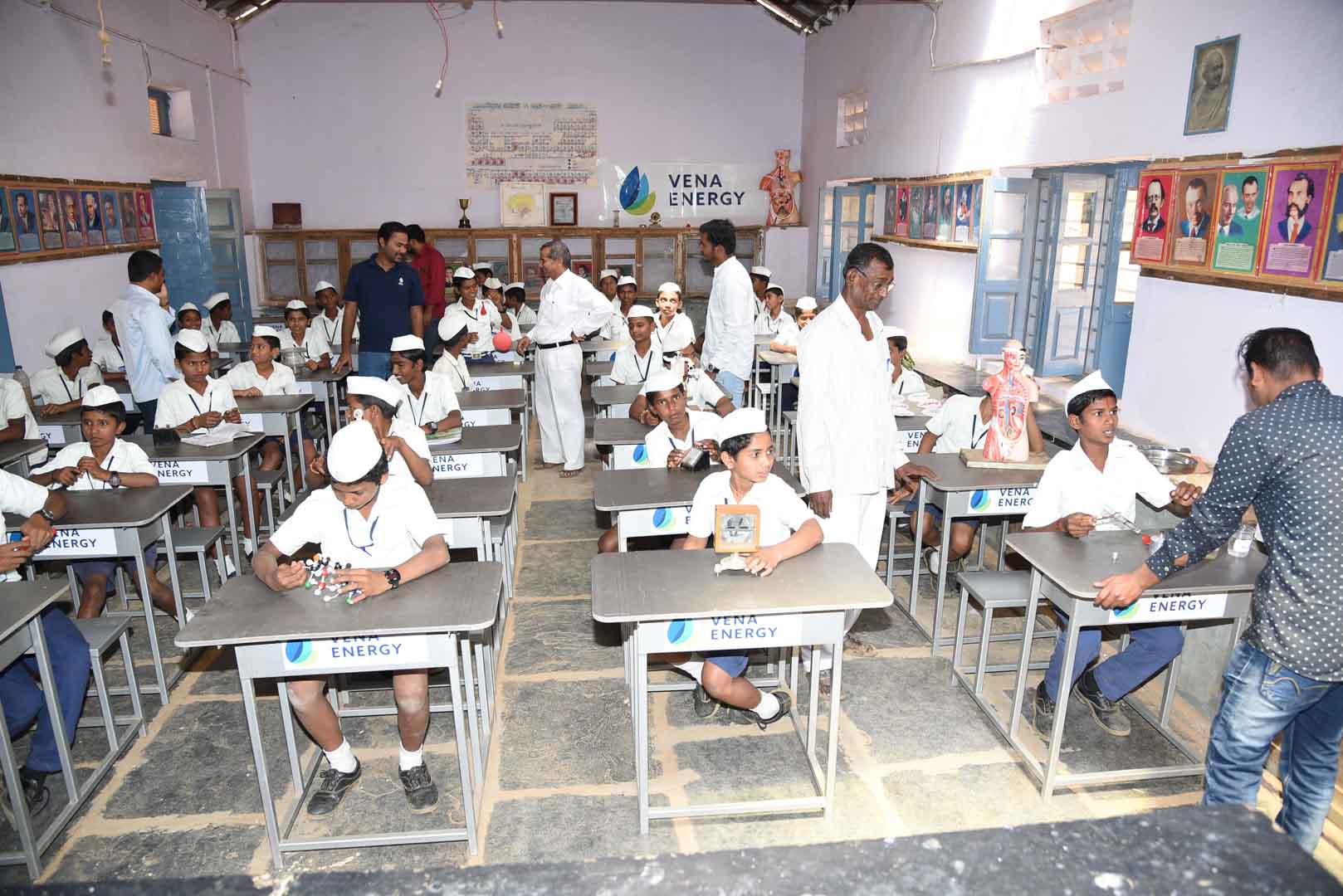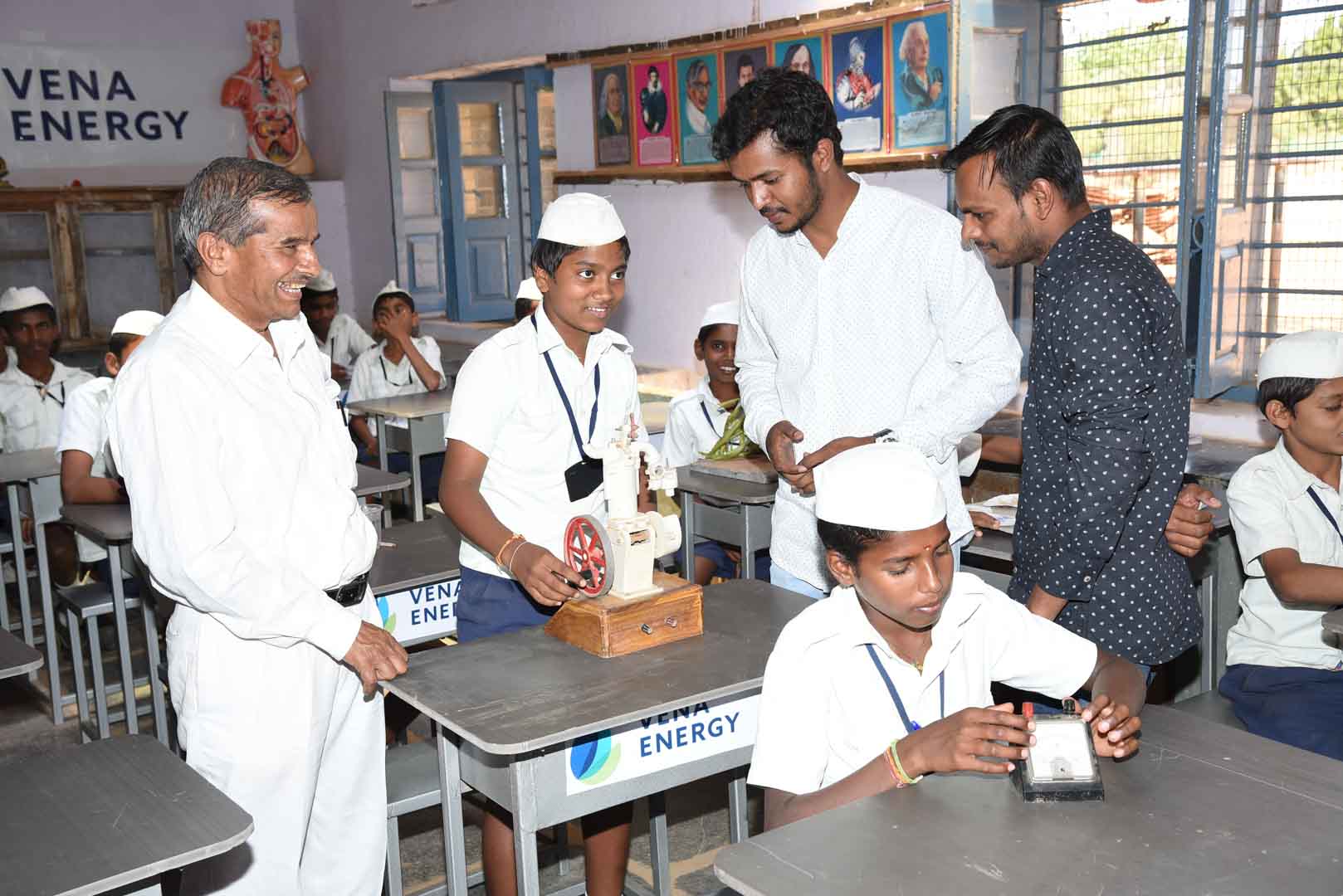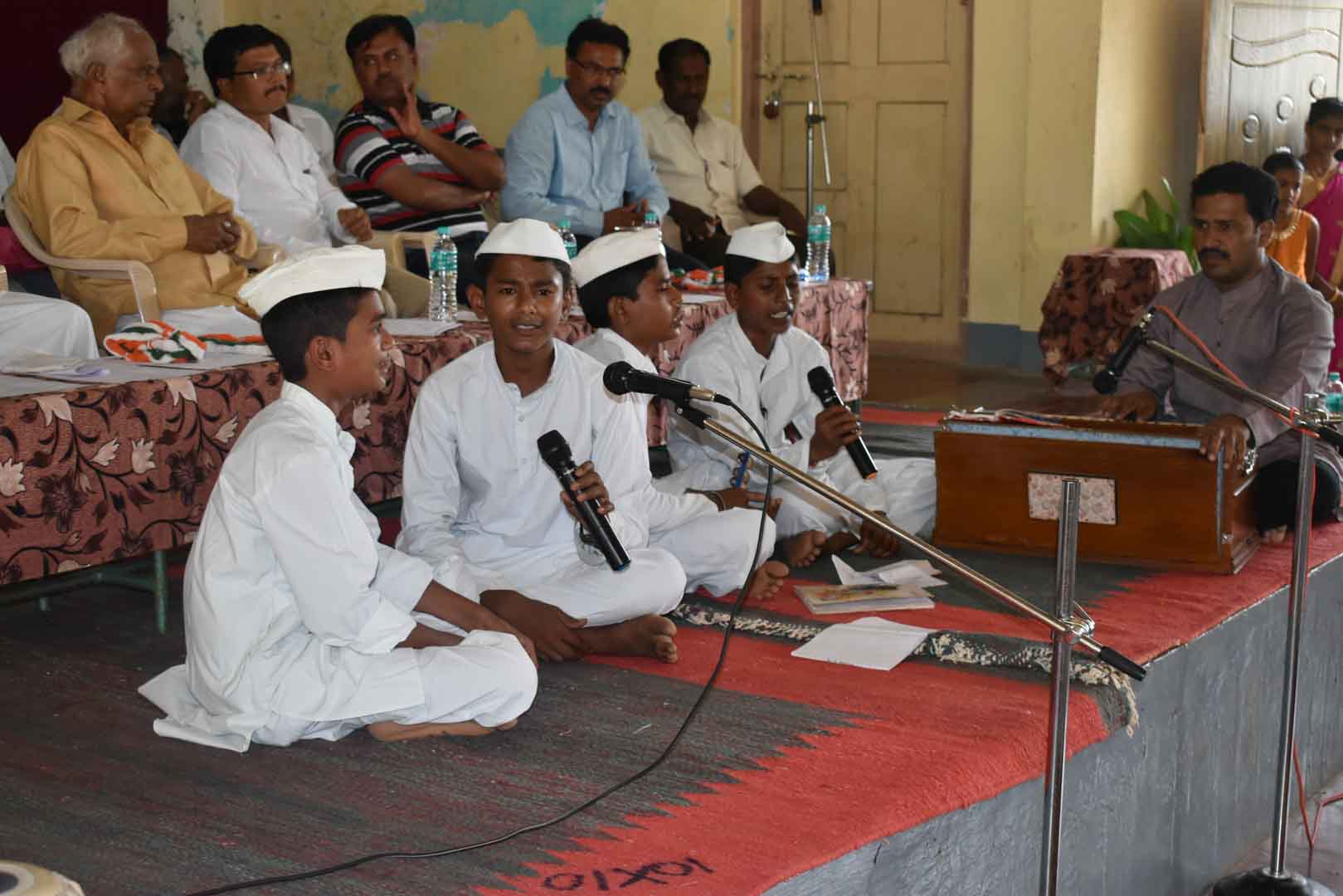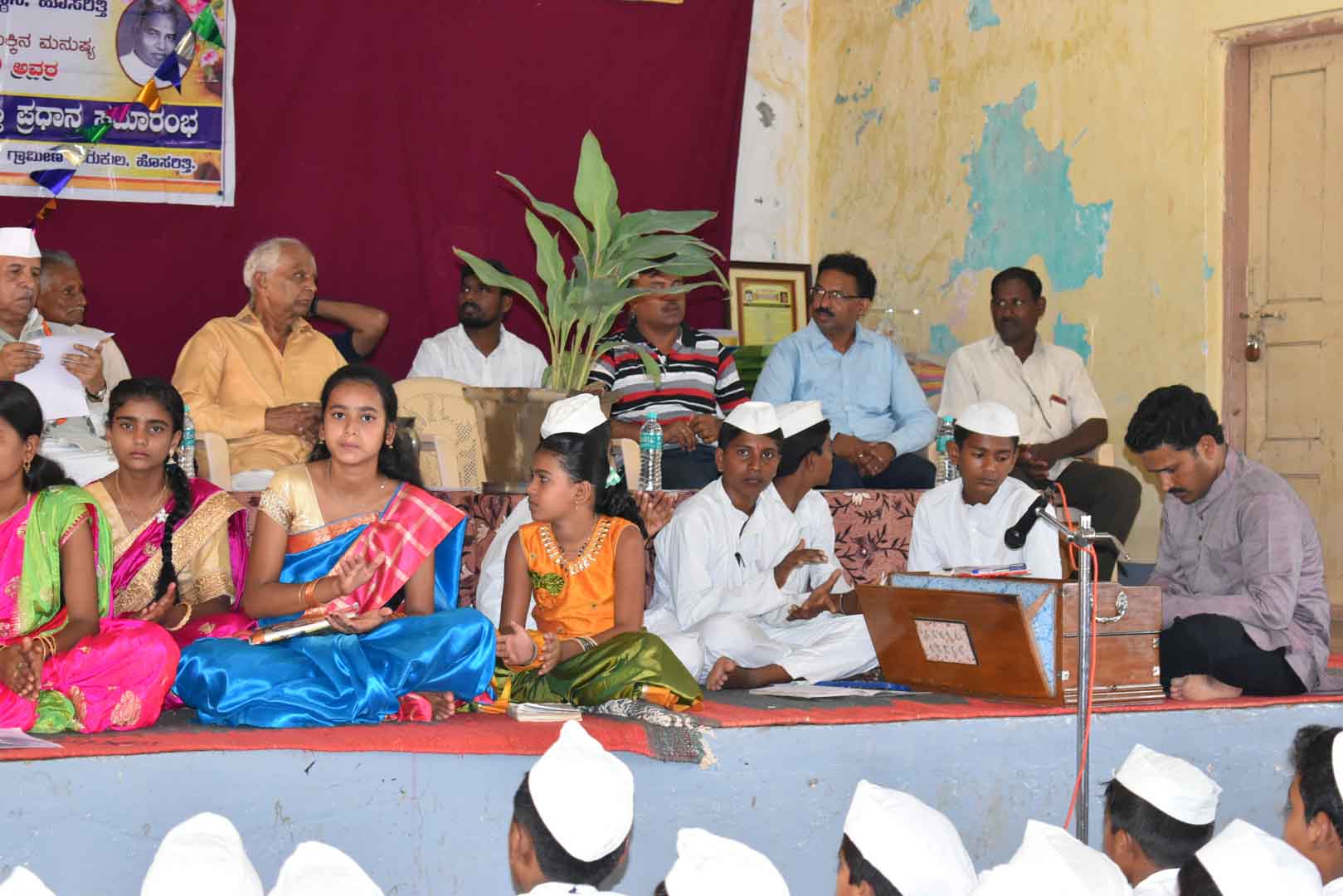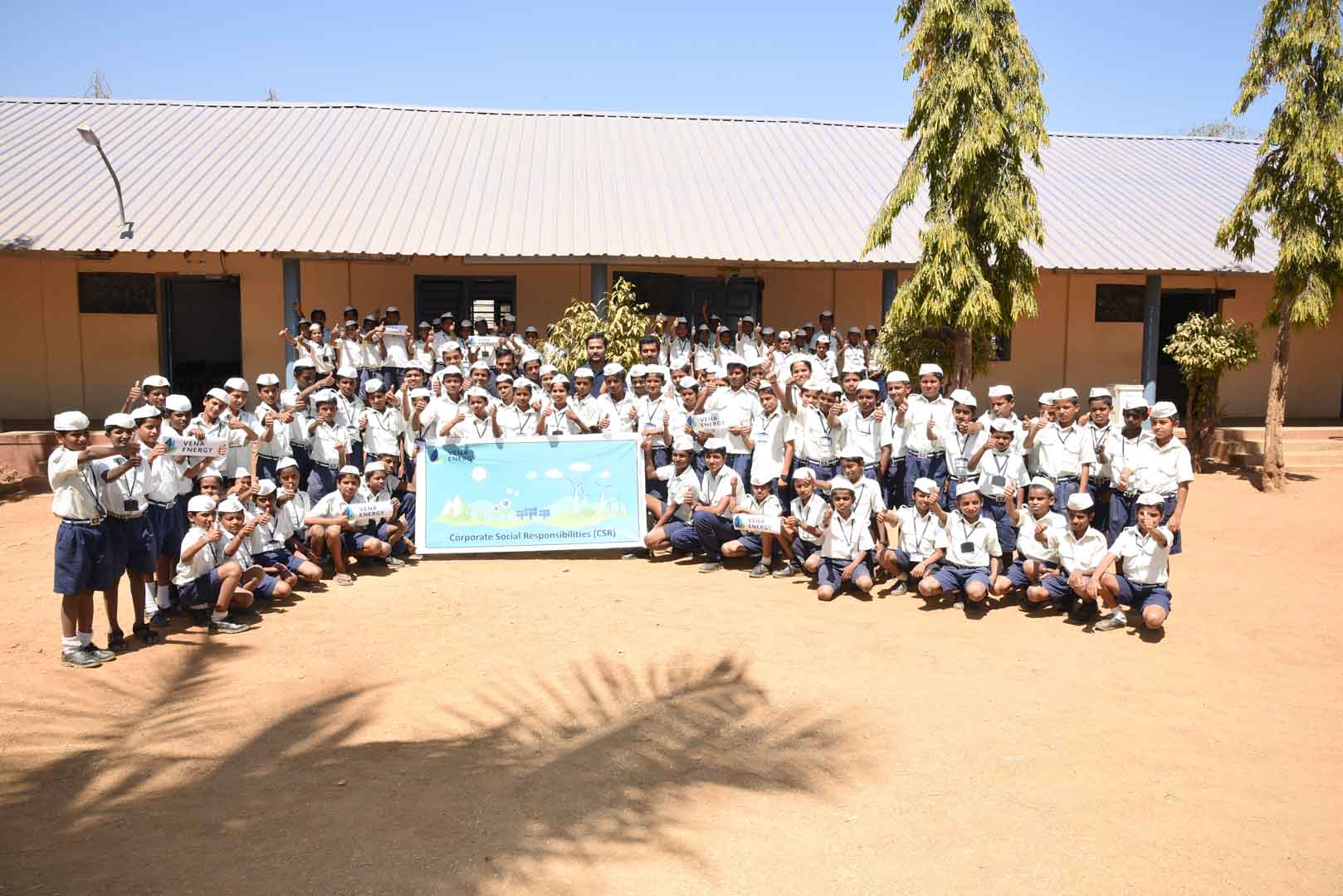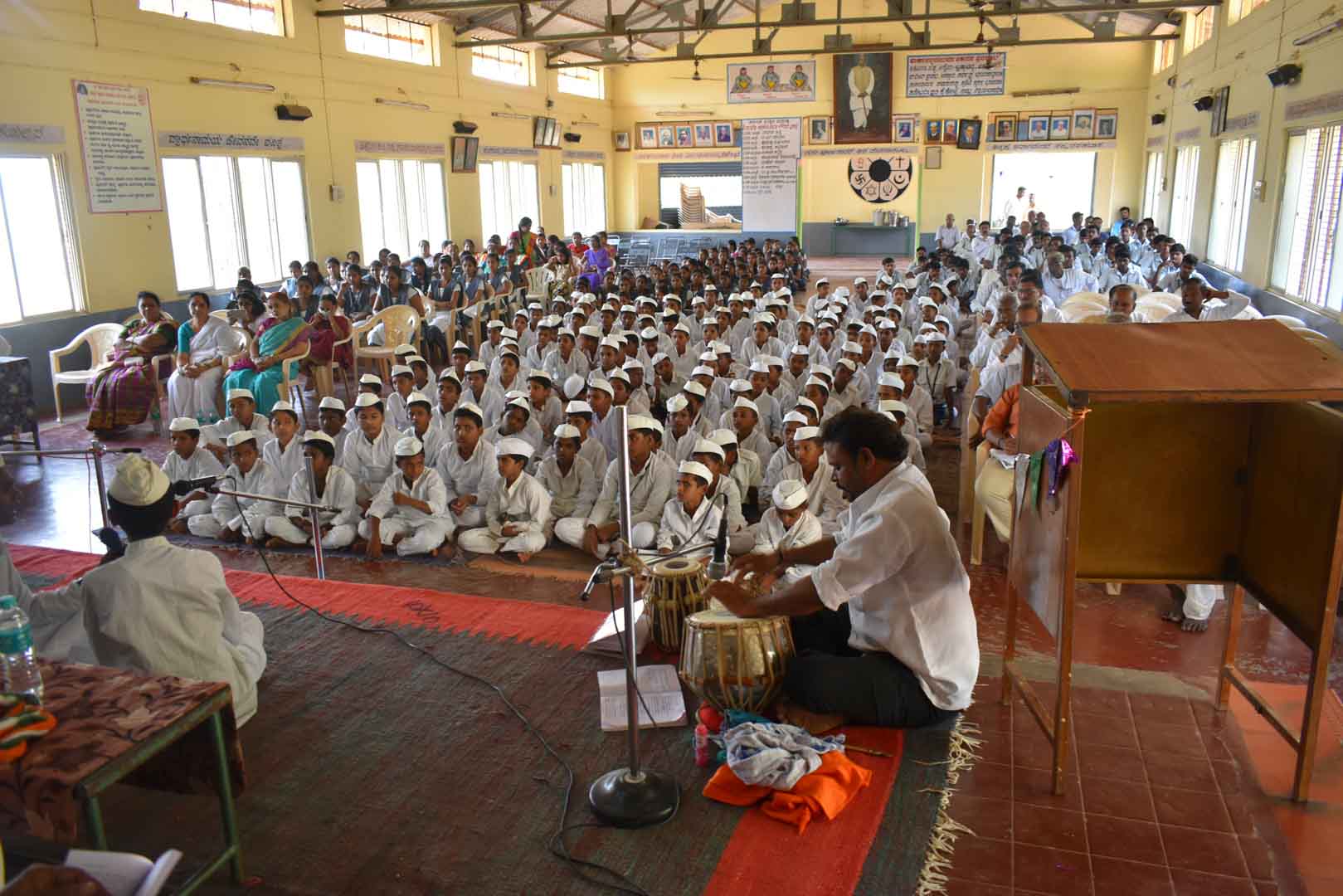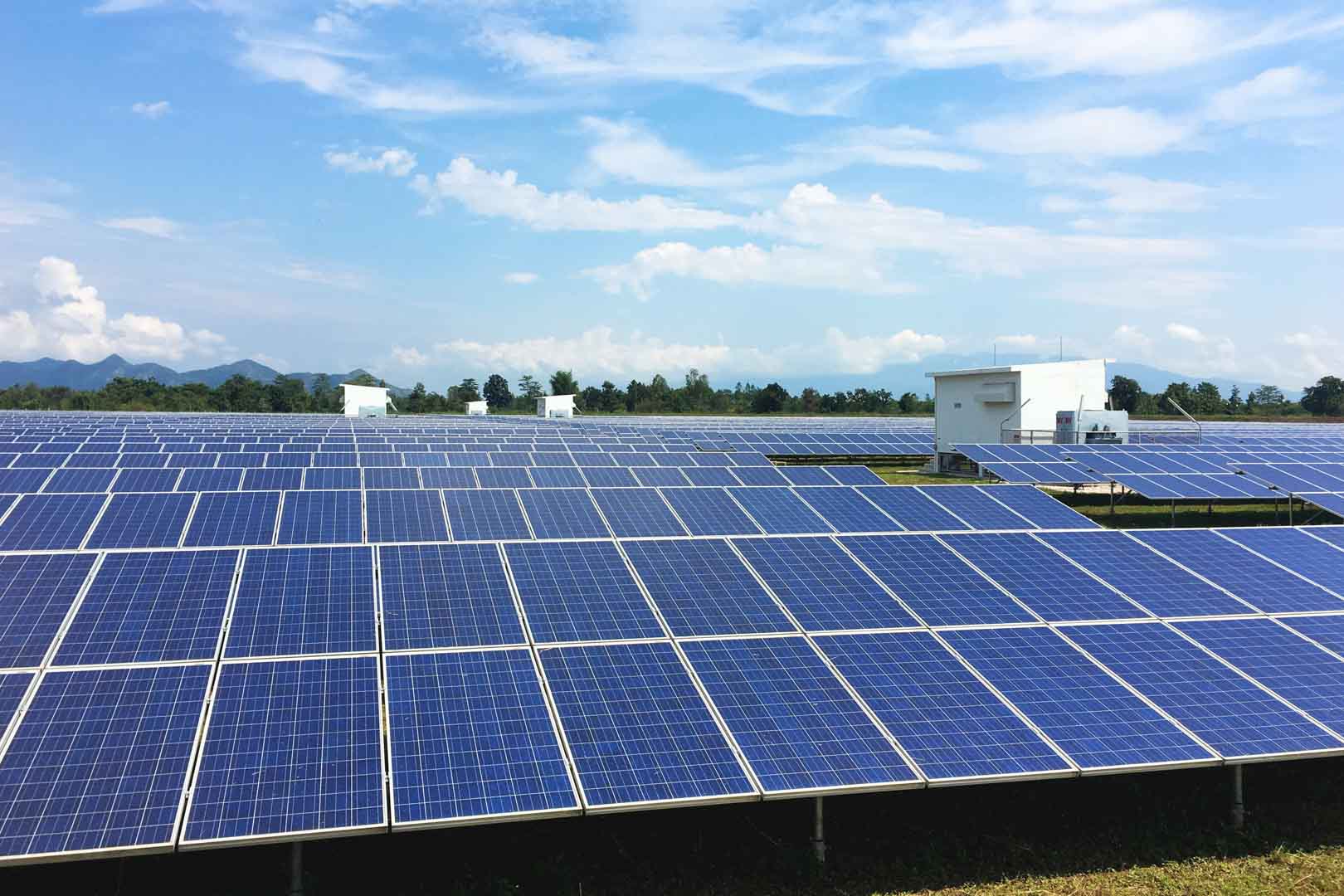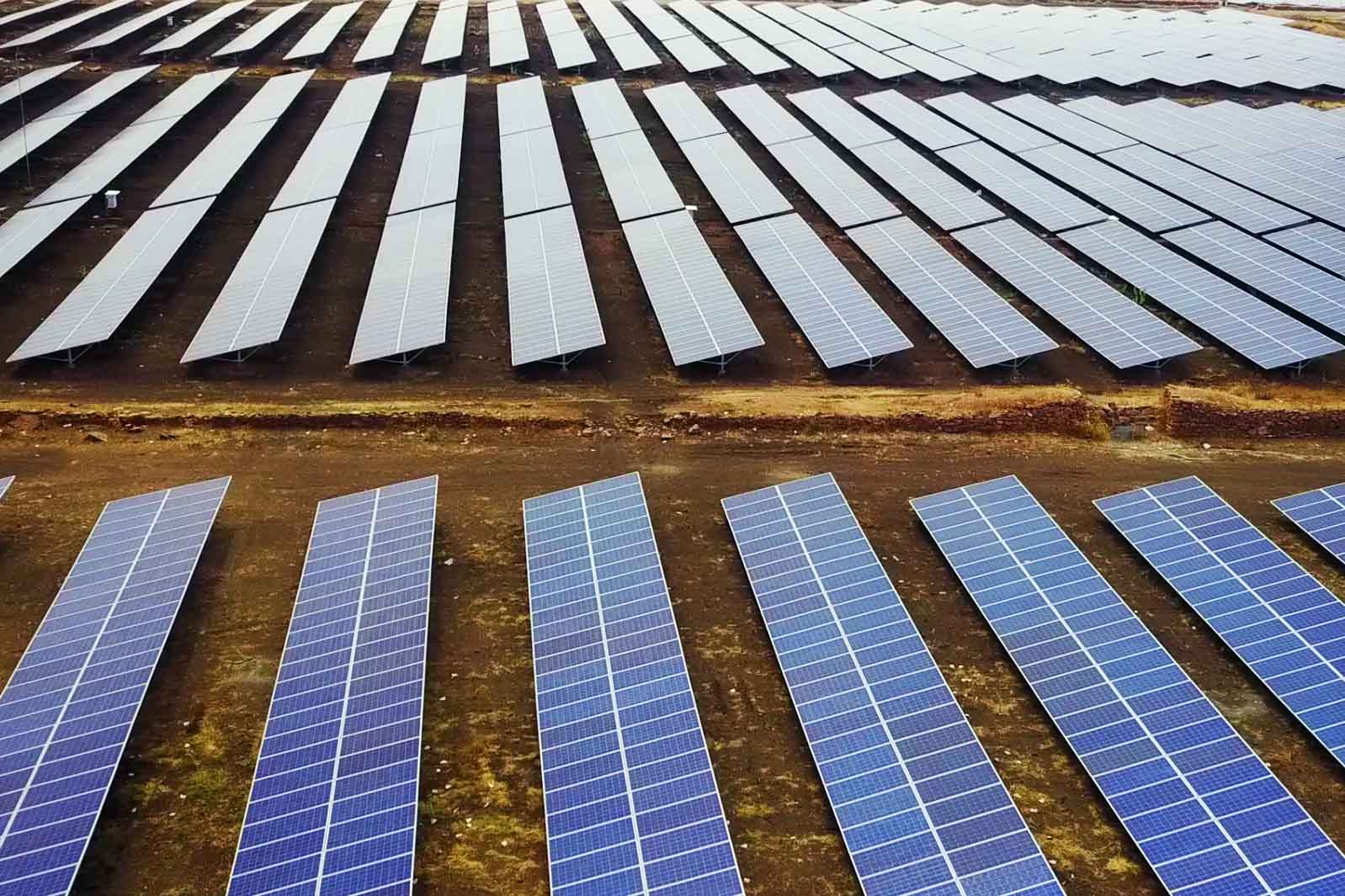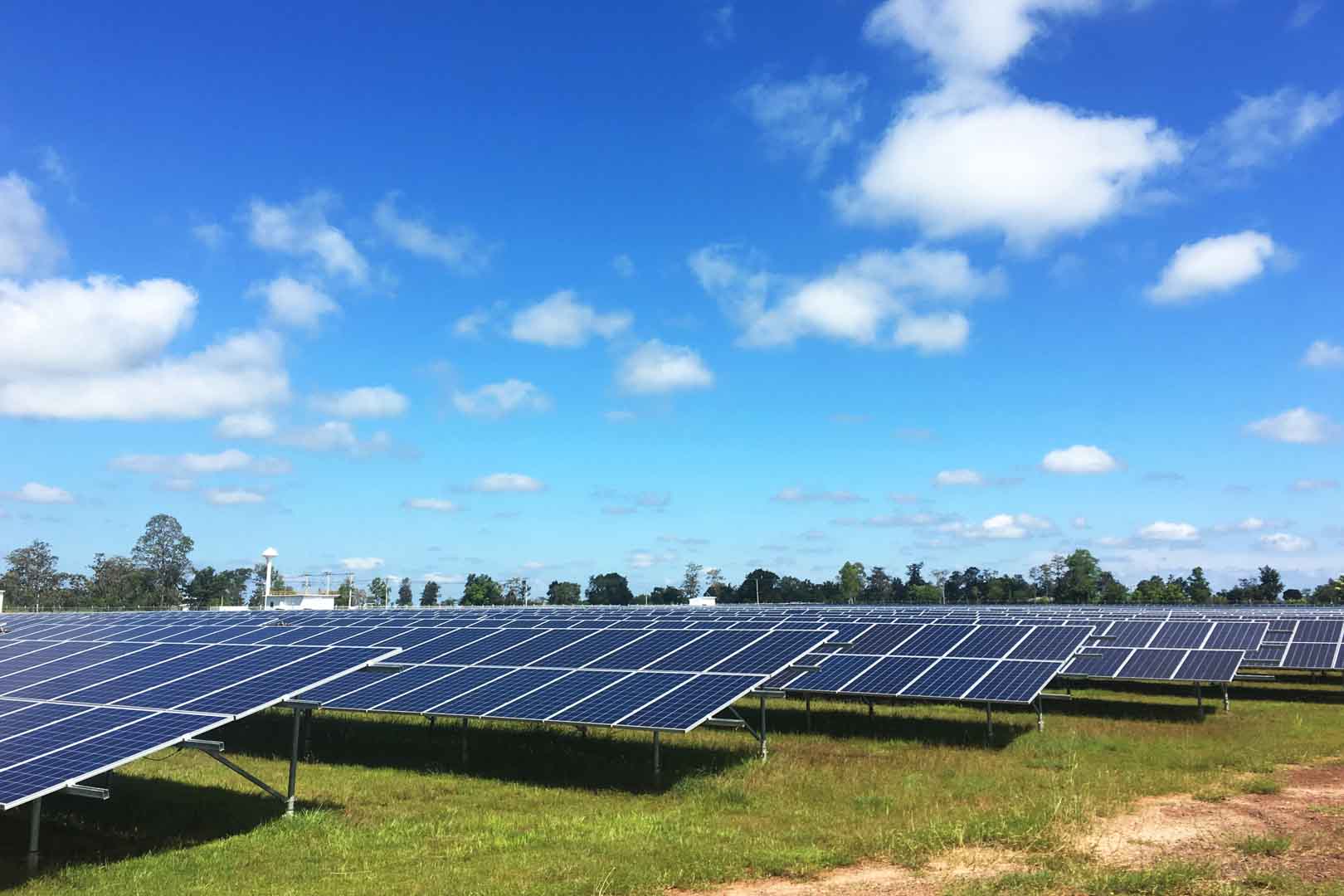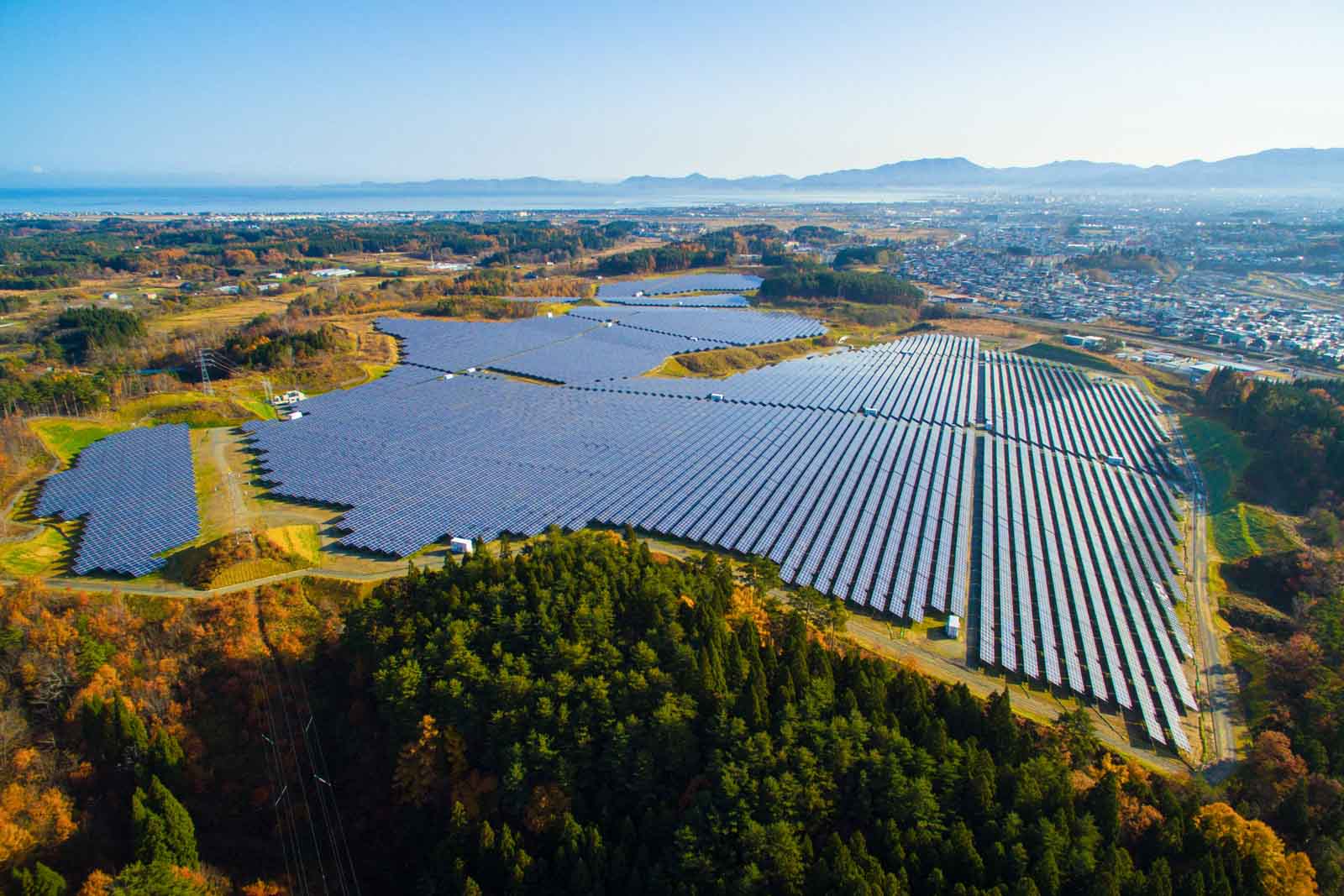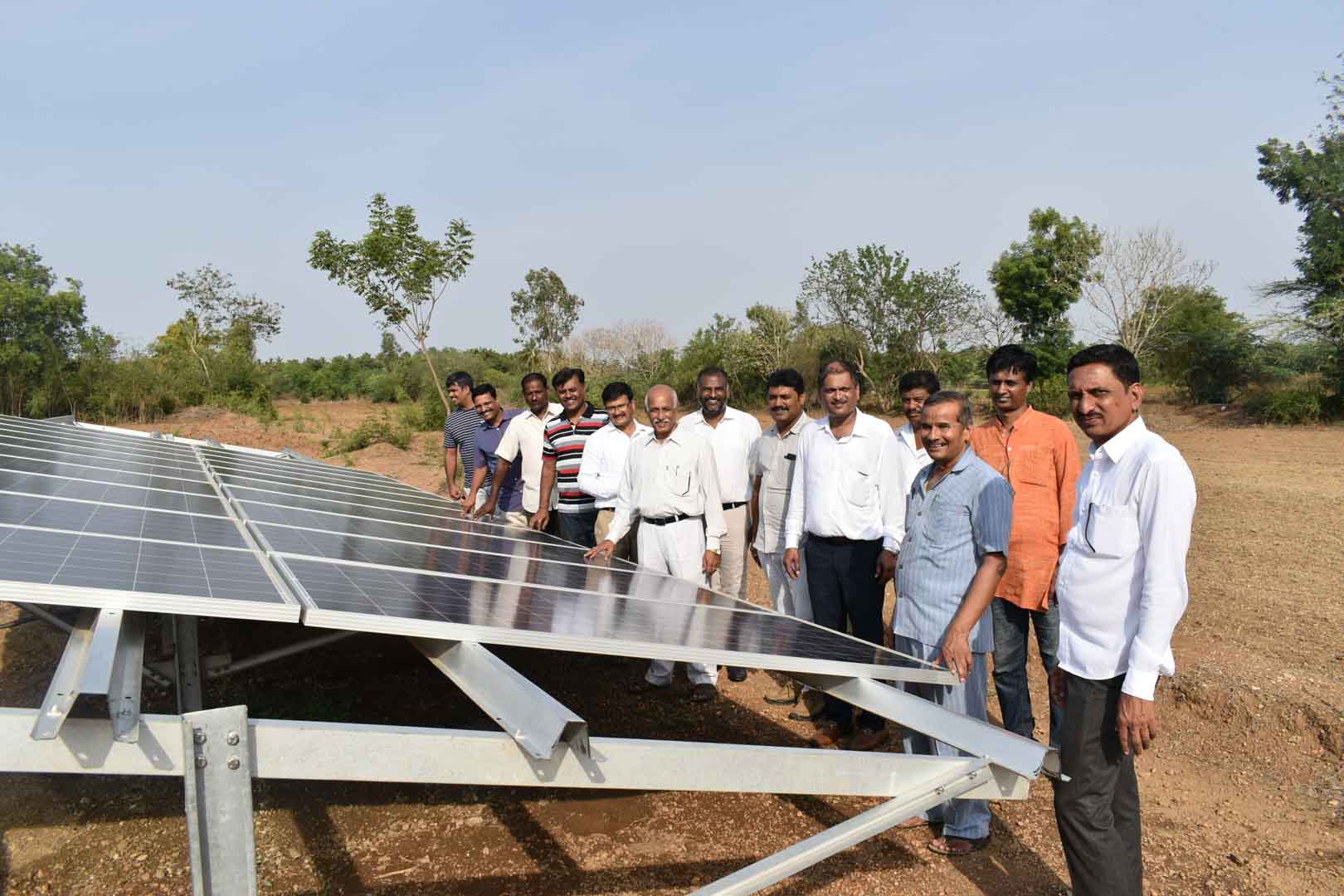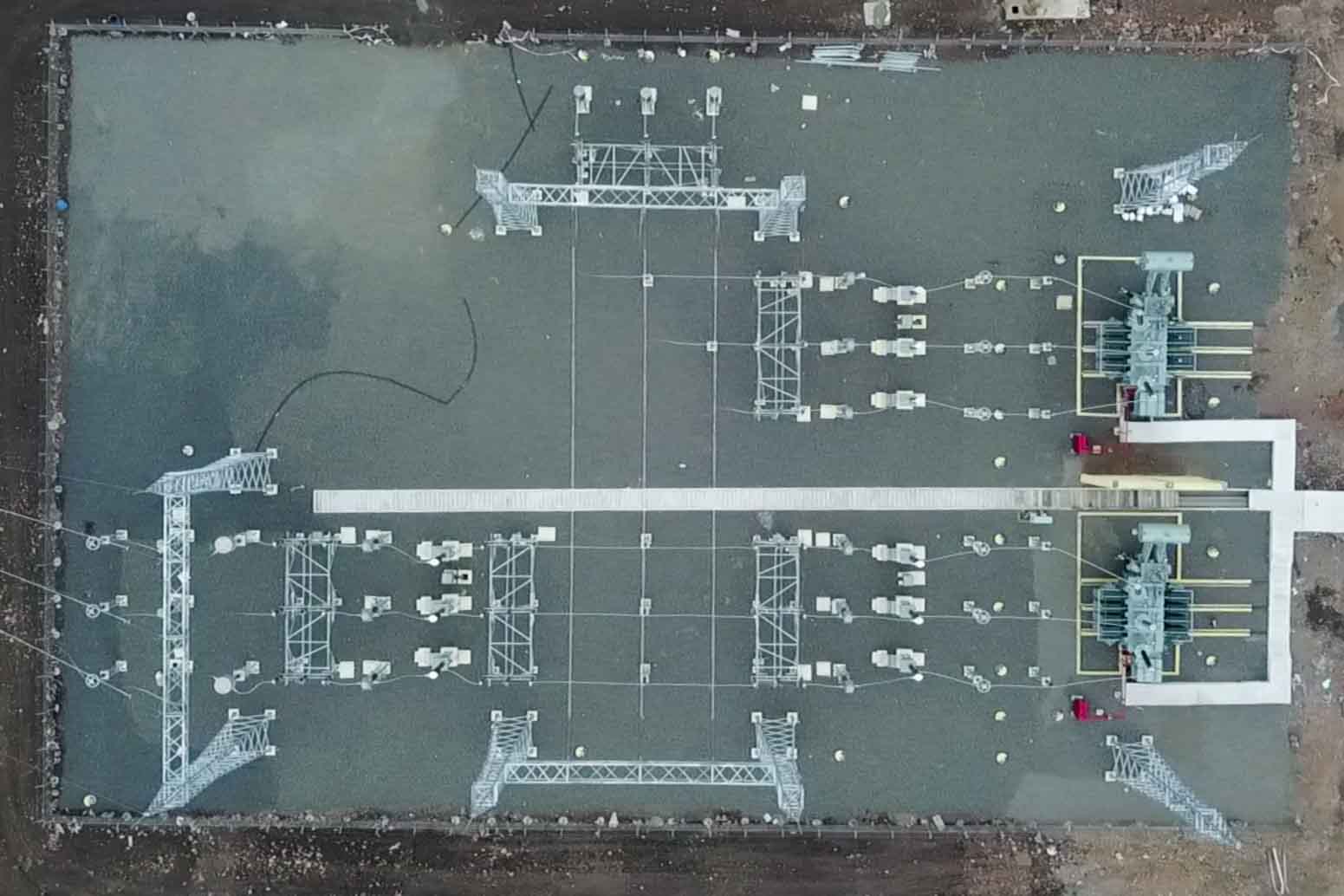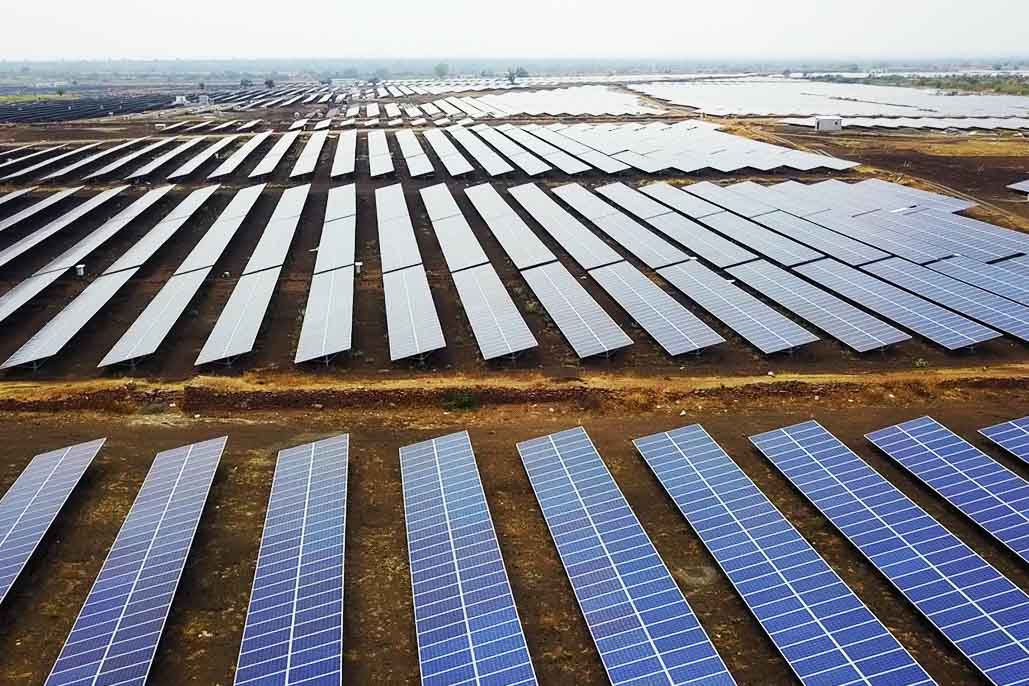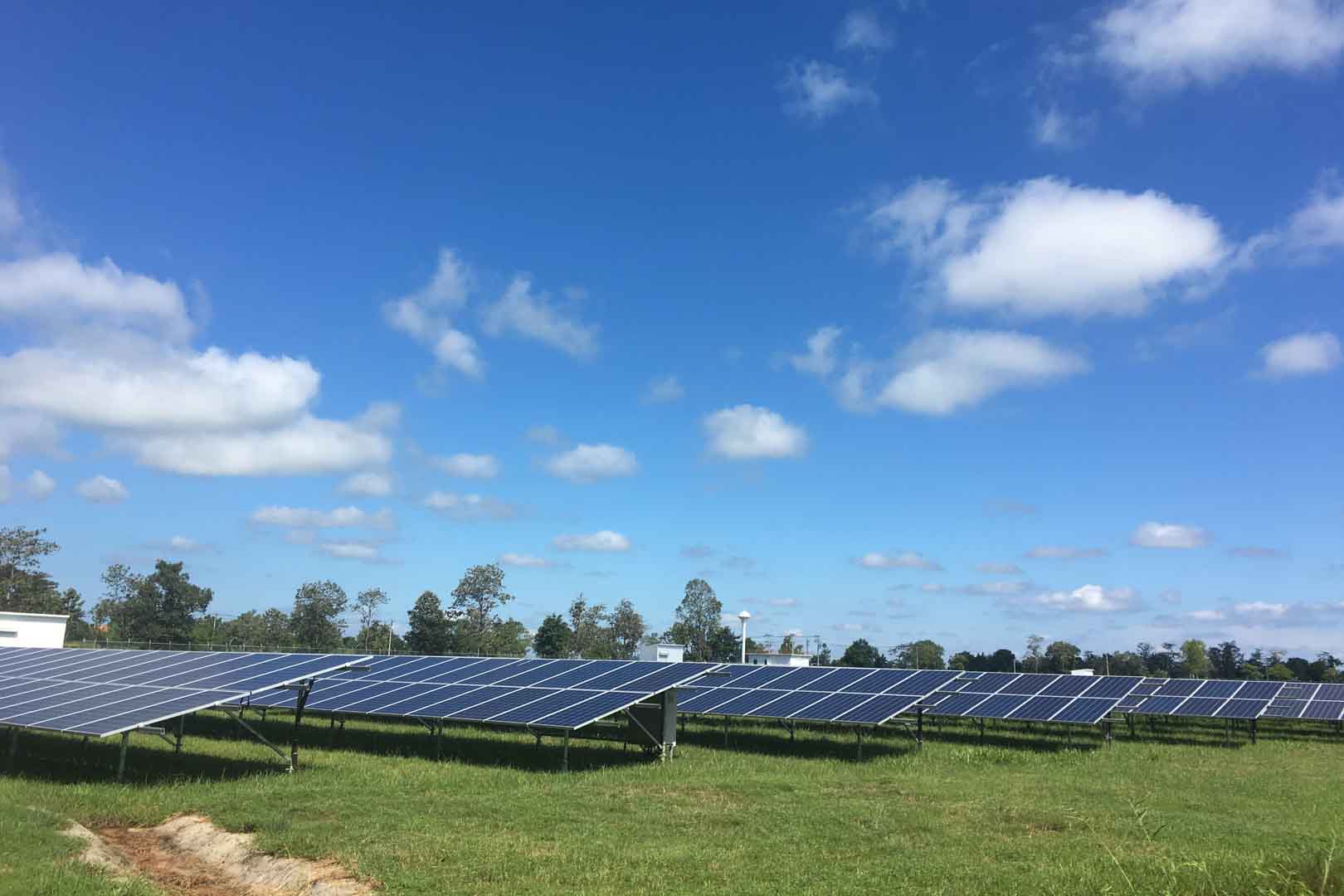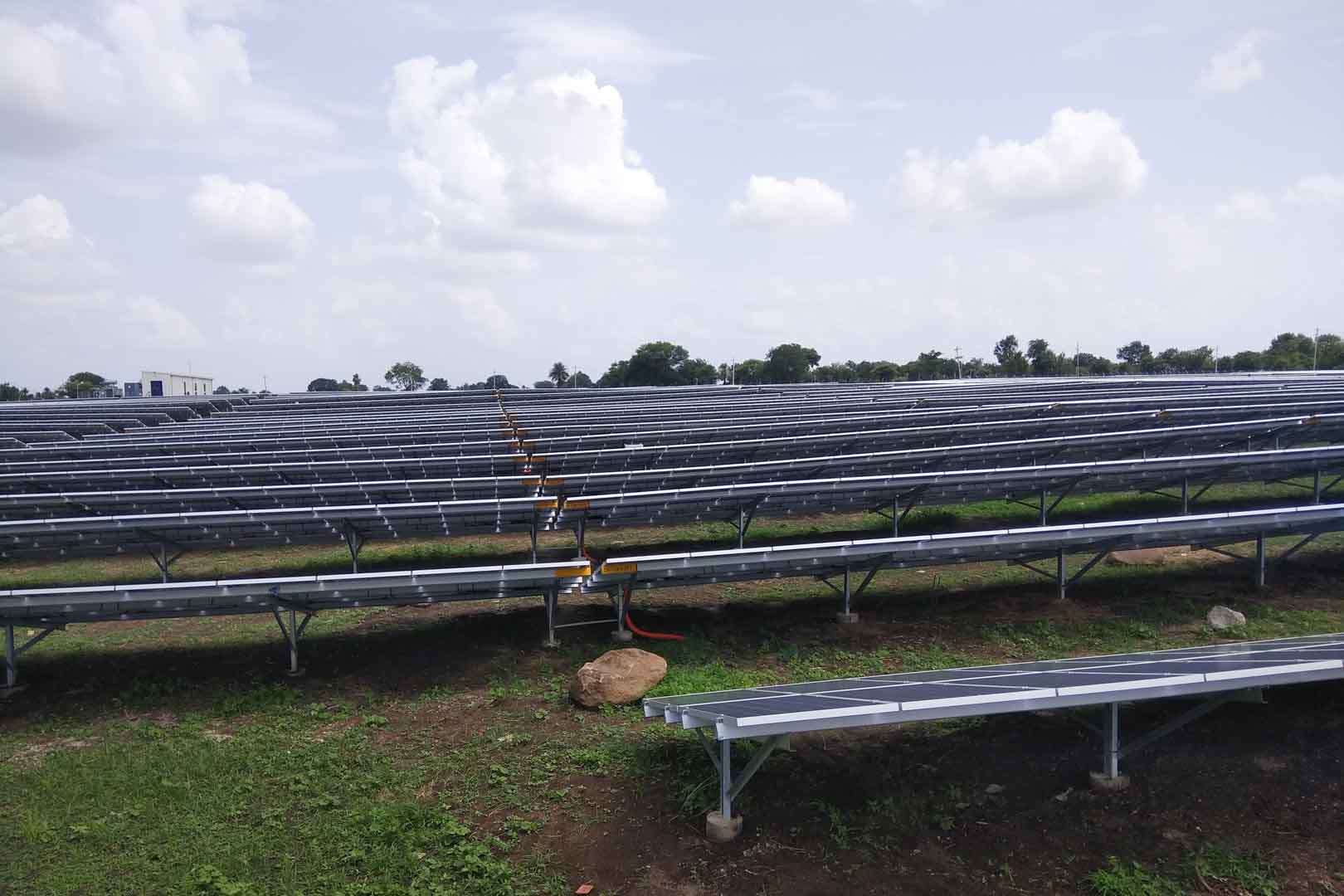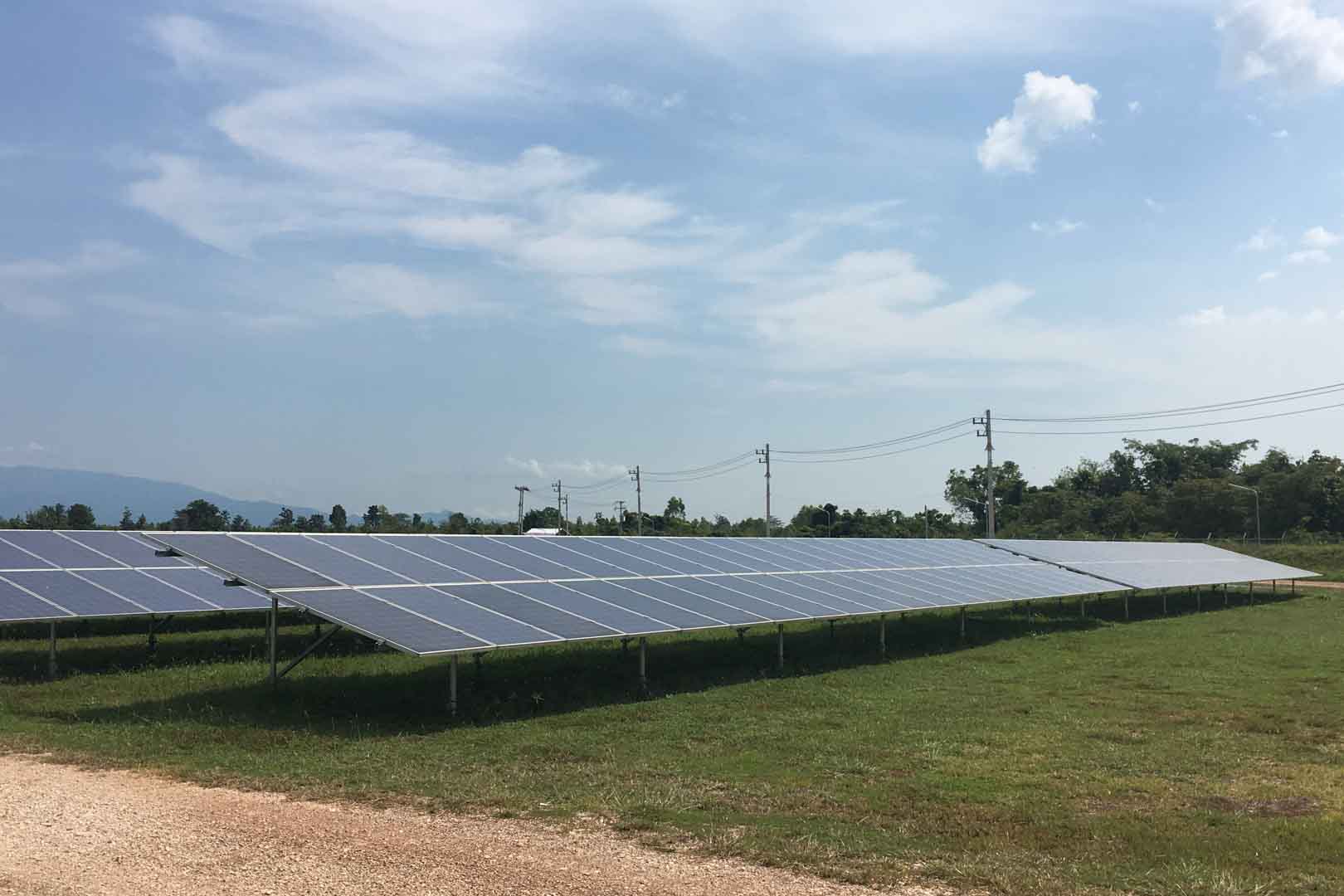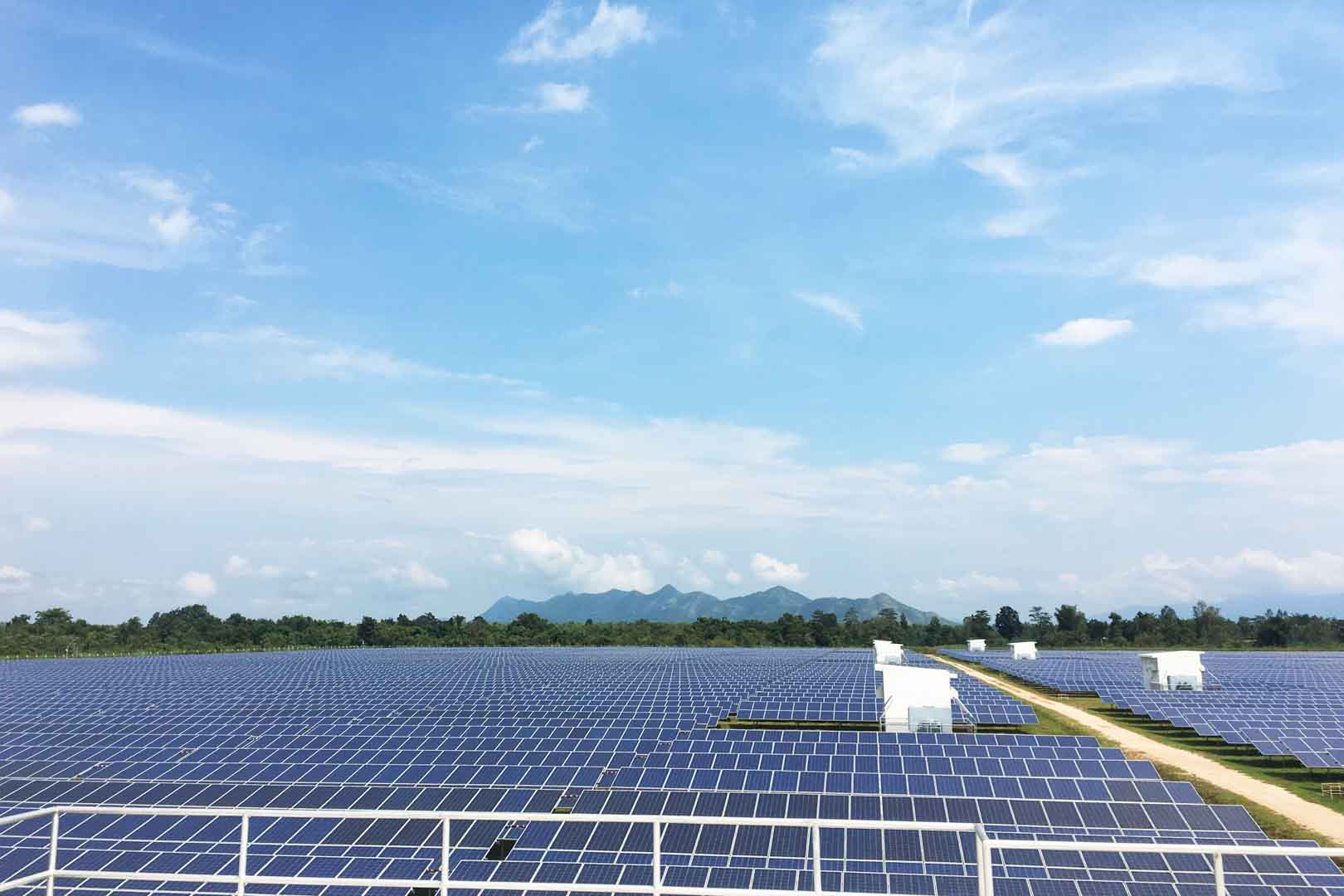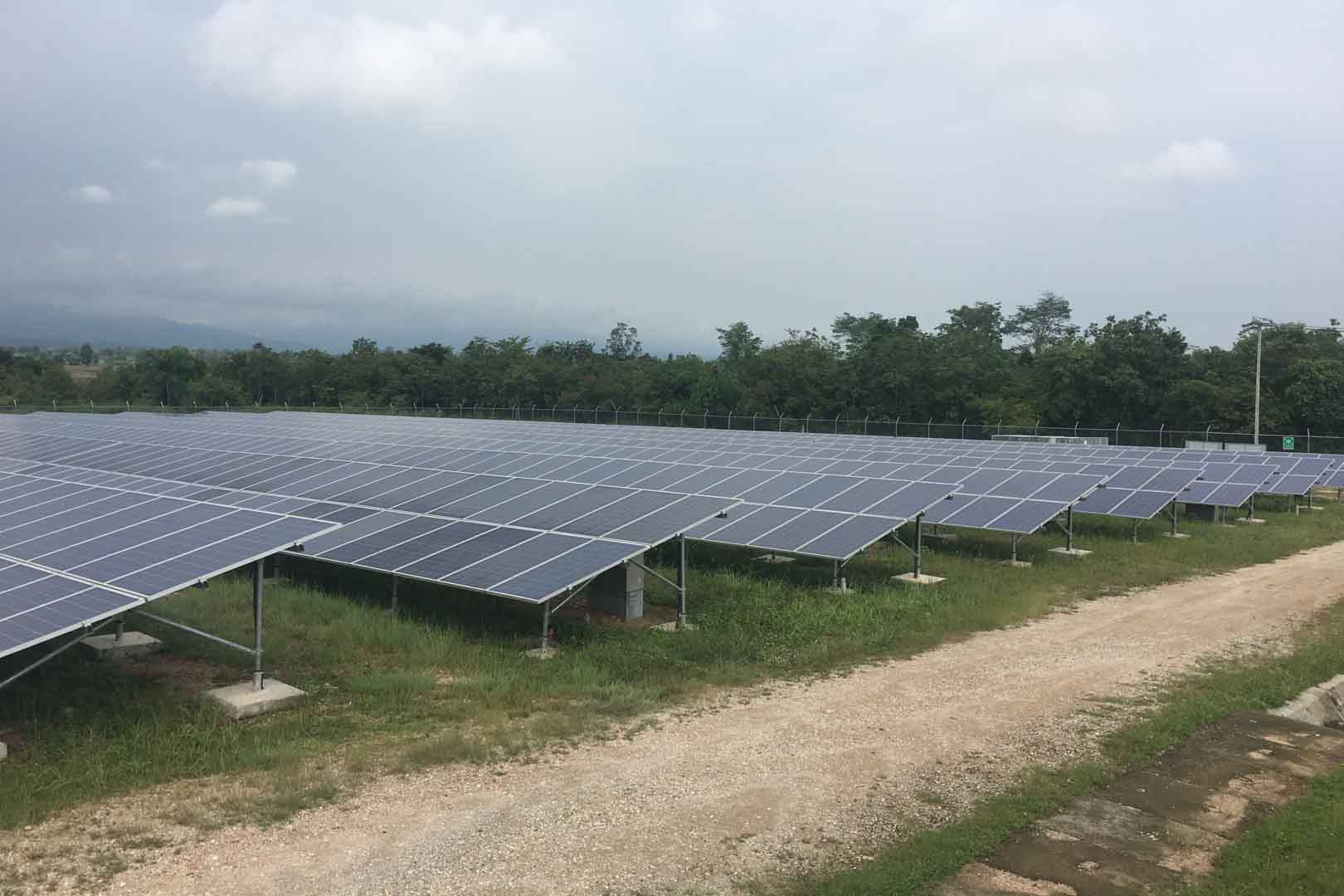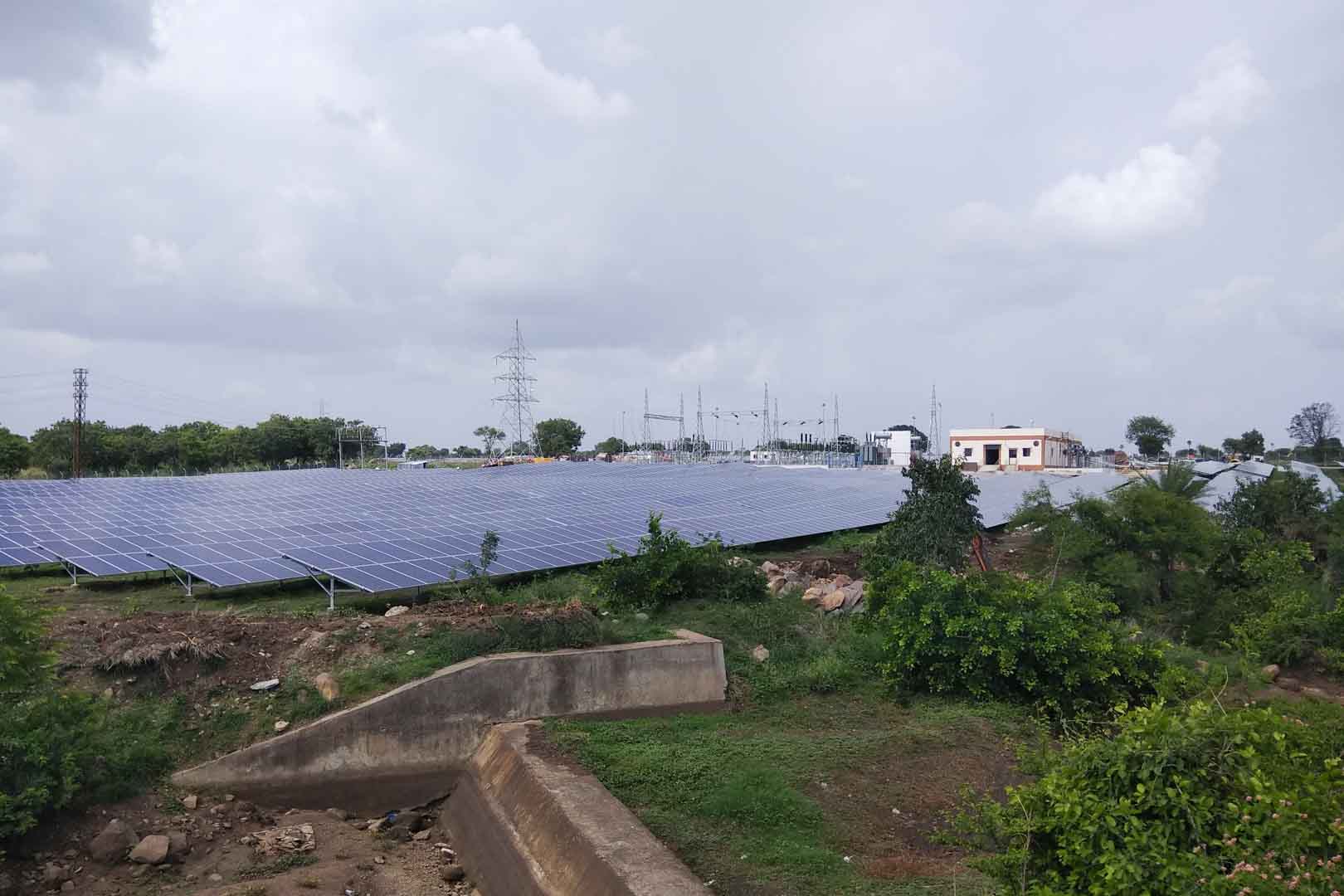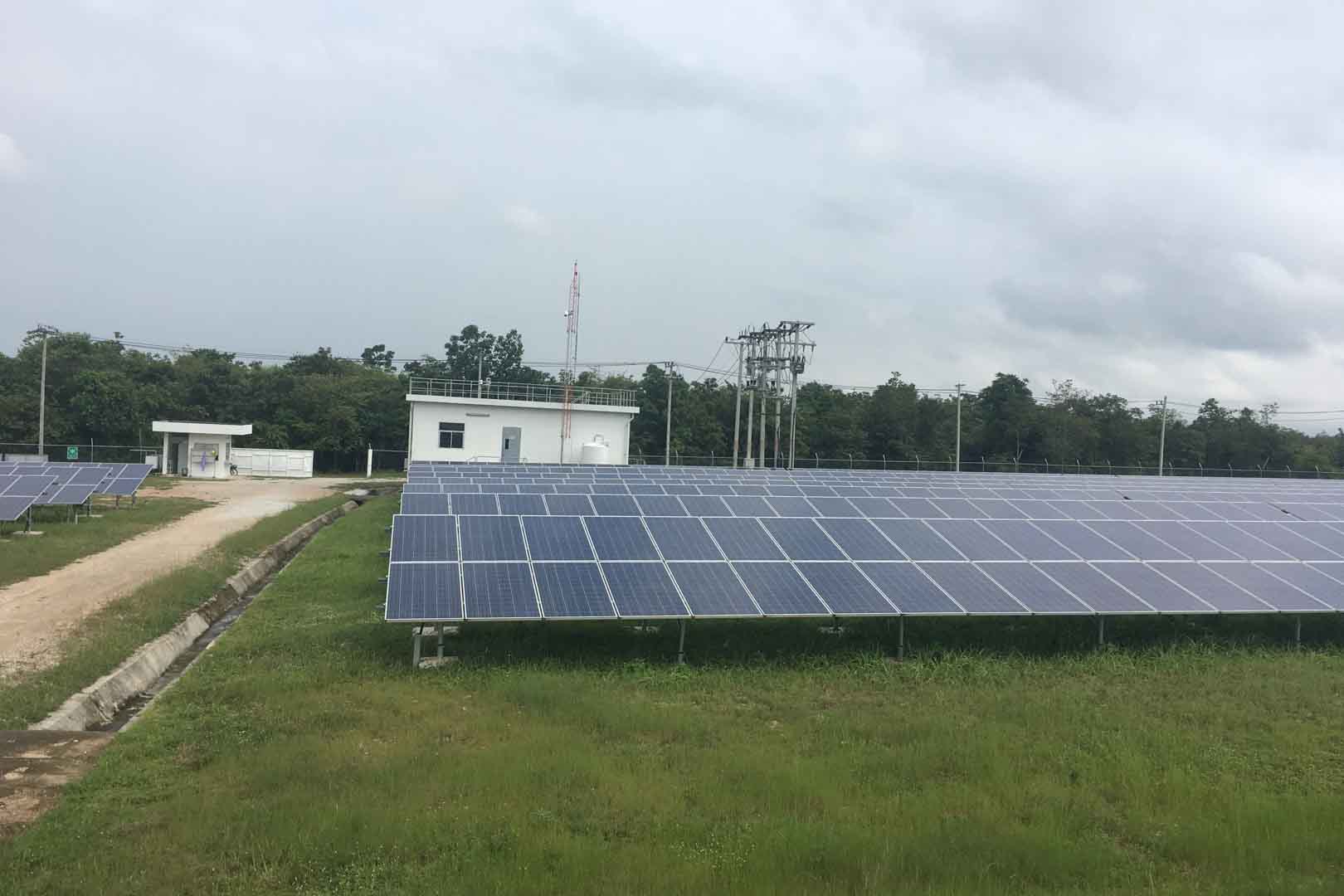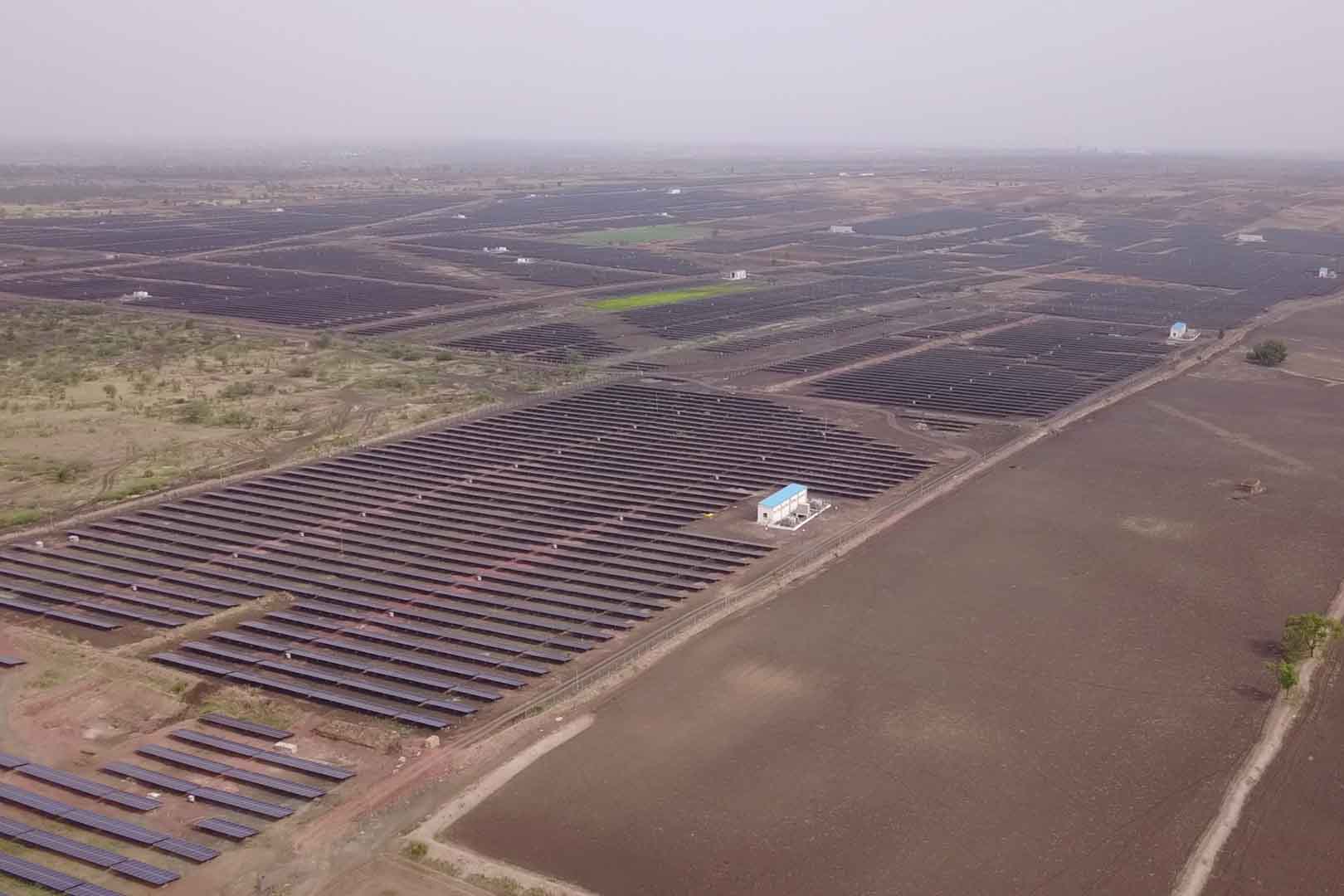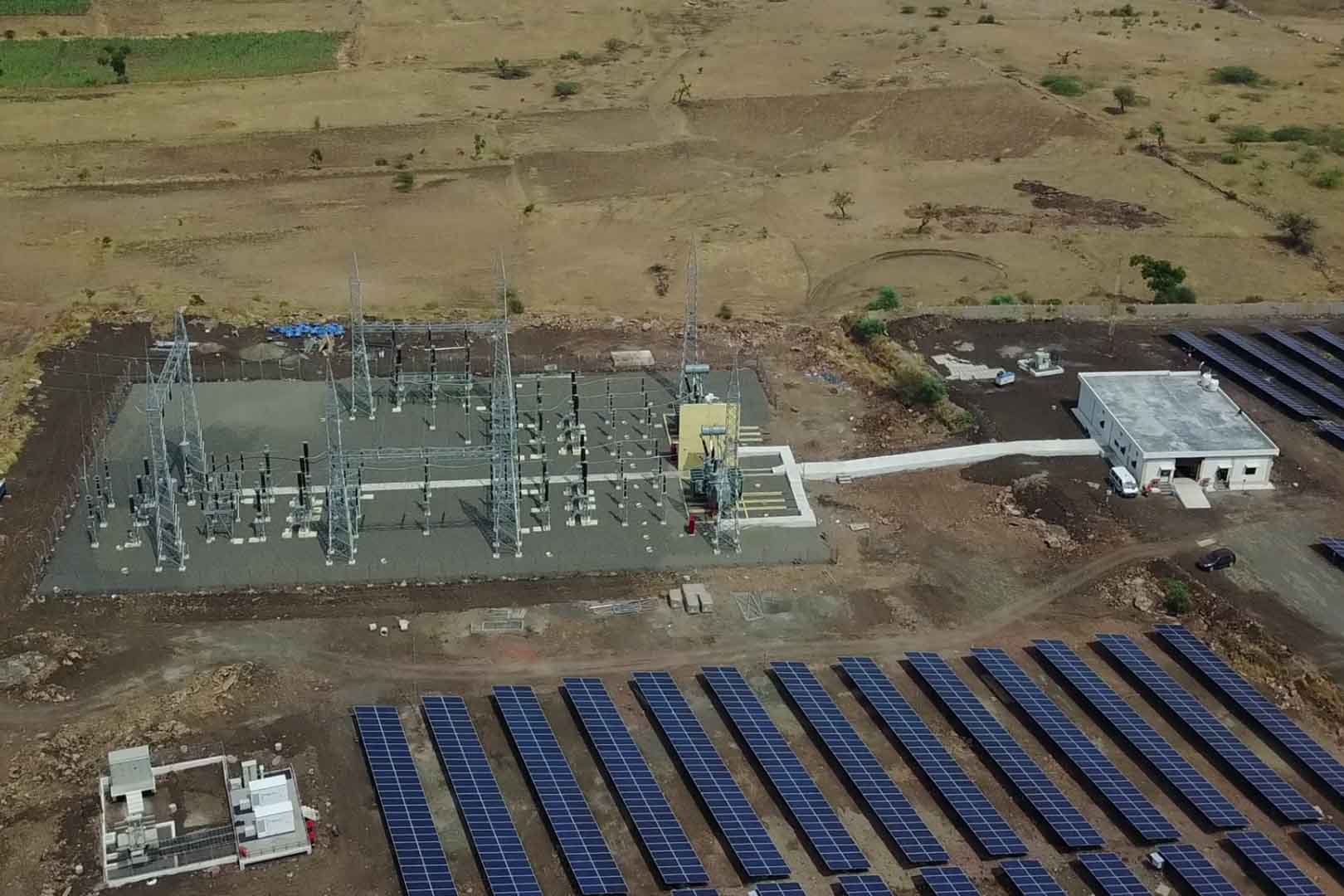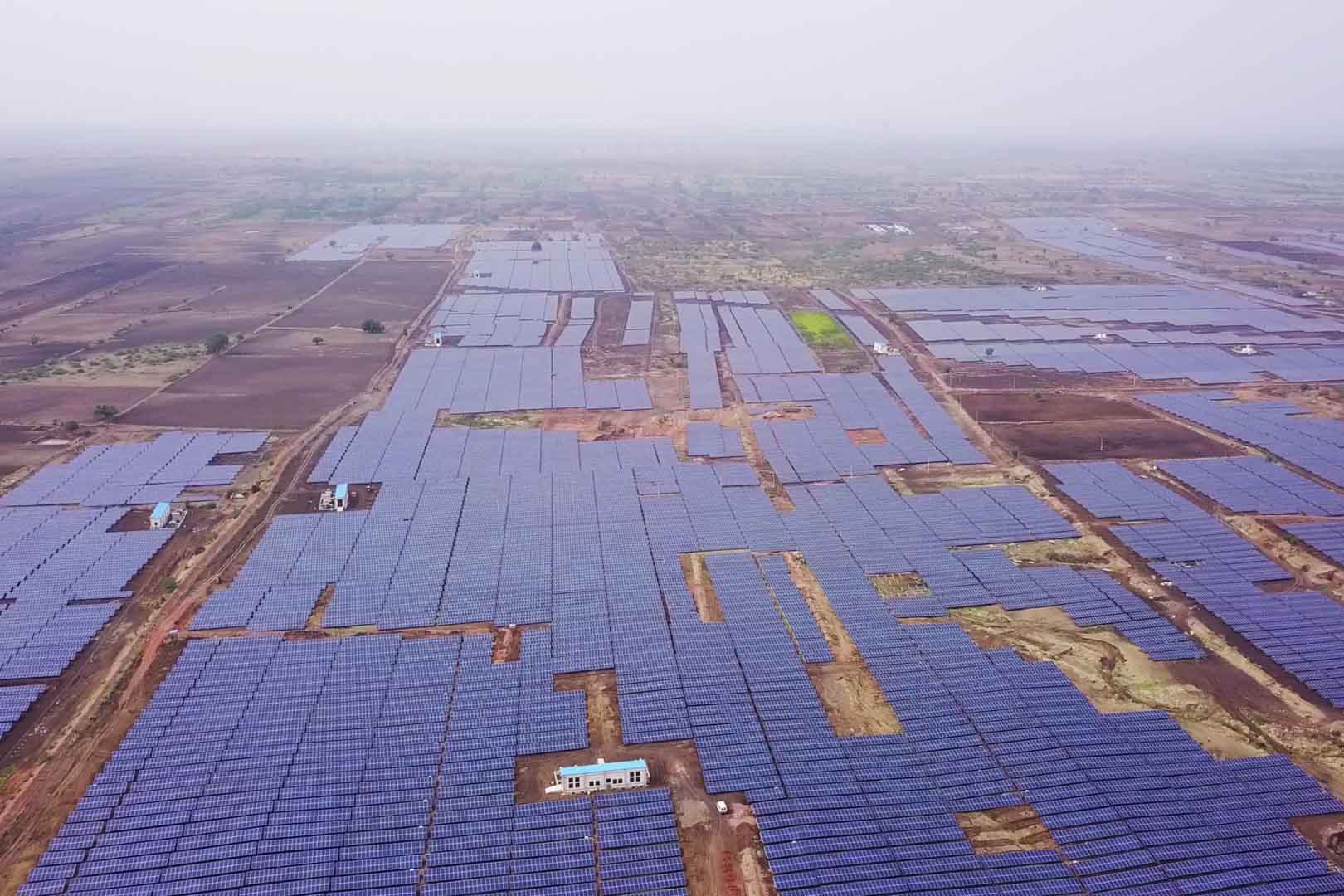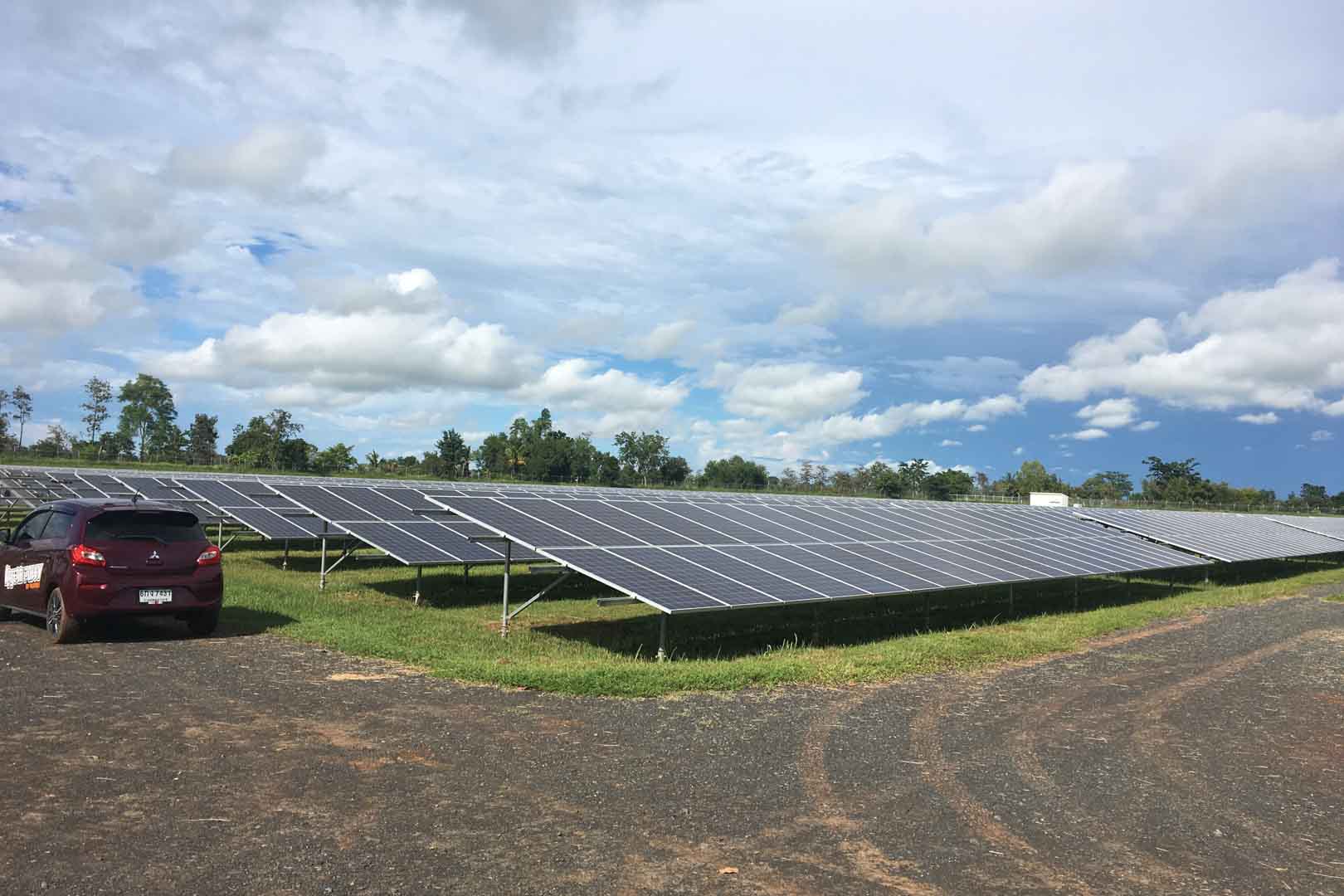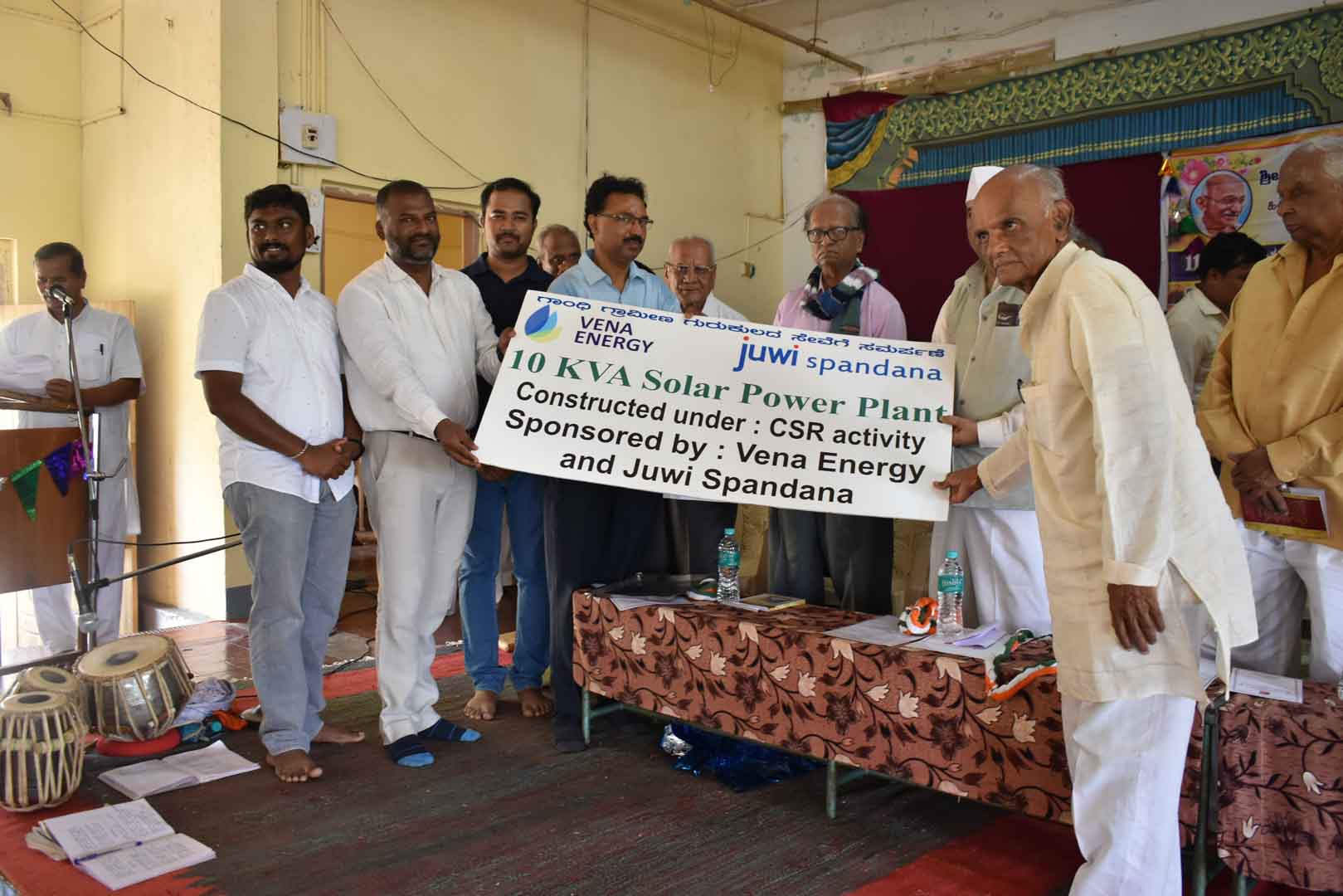Improving electricity supply and supporting children
Commissioned in March 2018; Our project partner is setting up 100 MW of solar power project in Guttigoli village in the state of Karnataka. The project activity generates clean and affordable electrical power for the Indian national grid. Today the electricity mix is still dominated by fossil fuels, but our project is helping to change this. Since solar power is Greenhouse Gas (GHG) emissions free, the power generated will prevent the s emissions generated by from fossil fuel based thermal power stations.
Besides delivering clean electricity, the project also contributes to a sustainable development in the surrounding communities. The supported activities include, for instance, distributing books, furniture and other infrastructure to schools which have almost no support from the government. The company also organizes music and talent events for school children in order to promote their extracurricular development.
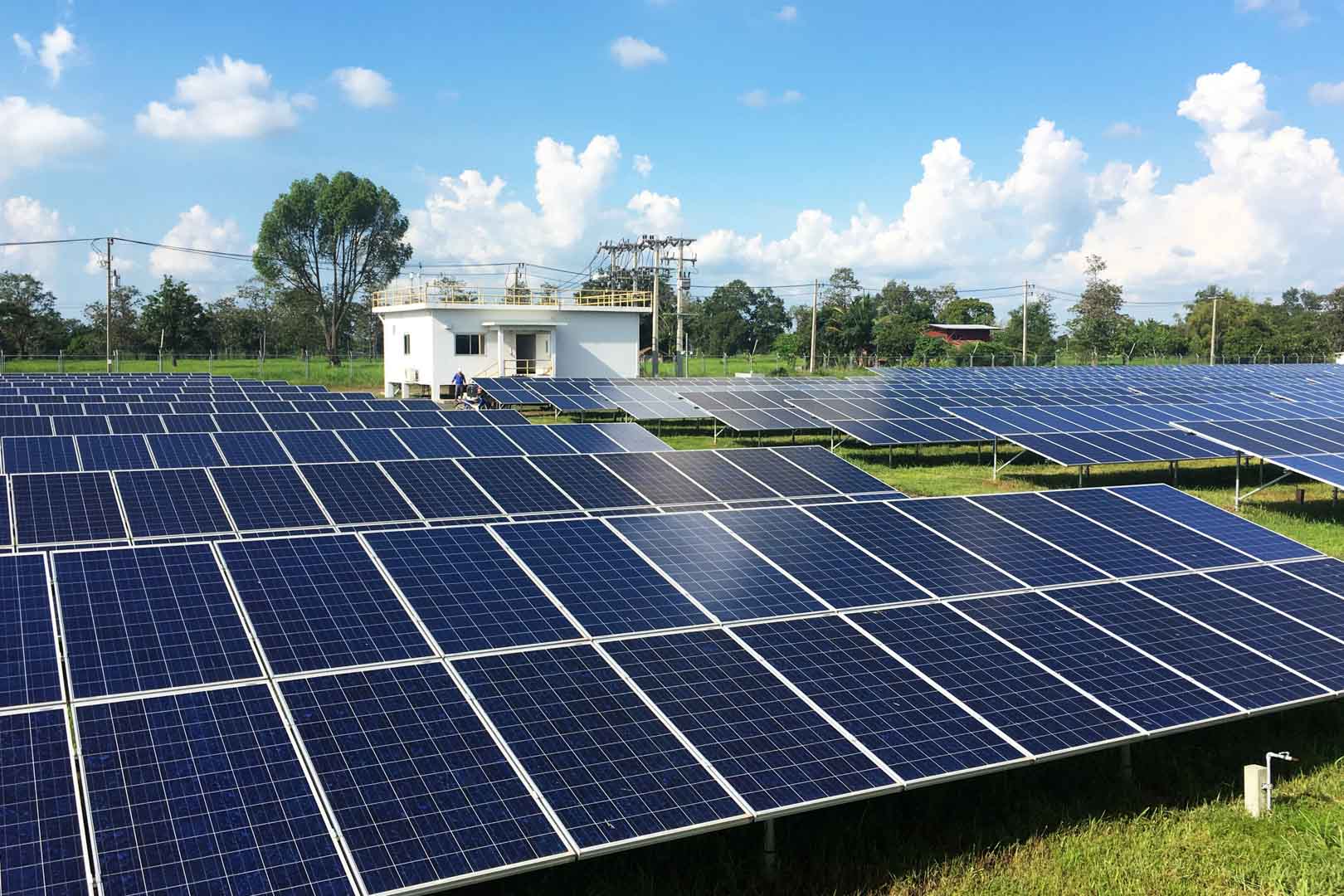
Although the development of renewable energy sources is increasing, energy from fossil fuels is still a significant part of energy production worldwide. This is associated with the release of large amounts of carbon emissions. The use of solar energy is a good way to provide people around the world with renewable energy and reduce greenhouse gas emissions. Solar installations, implemented through solar projects, convert sunlight into electricity (photovoltaic) or heat (solar thermal). Even when the sky is cloudy, the solar thermal power plants generate heat and convert it into electricity. Photovoltaic projects use the photoelectric effect to convert sunlight into electricity.
The energy produced is typically fed into the national or regional power grid, reducing the share of fossil fuels in the electricity mix. In addition to reducing carbon emissions, solar projects also prevent the release of various pollutants associated with conventional power generation. Solar energy projects in the ClimatePartner portfolio are registered with international standards.
Explore our projects
Biochar for Climate Action, Healthy Soils, and Better Harvests

A certified climate project combined with additional commitment

Expansion of renewable energy generation in Asia
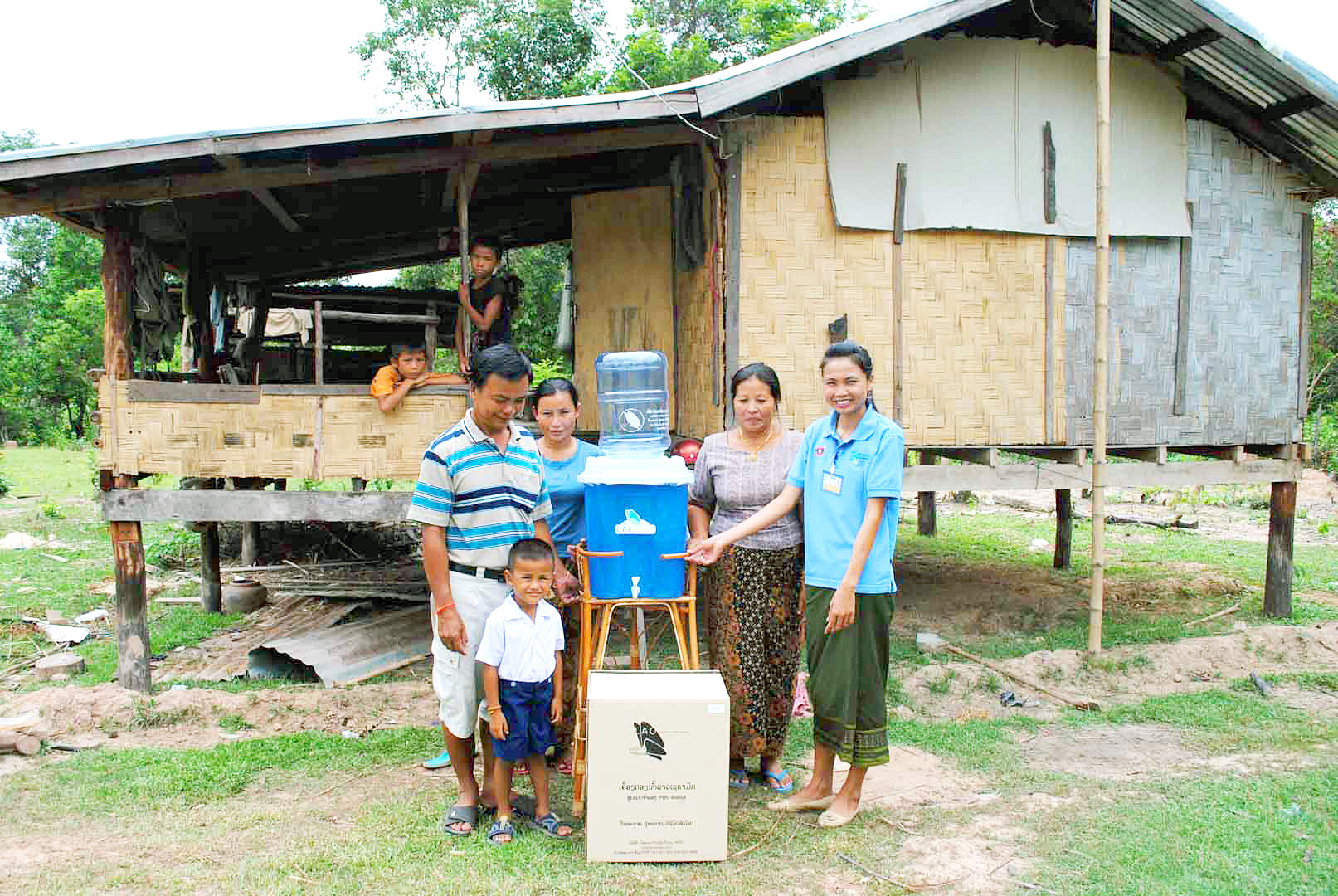
Ceramic water filters save CO2 and improve health
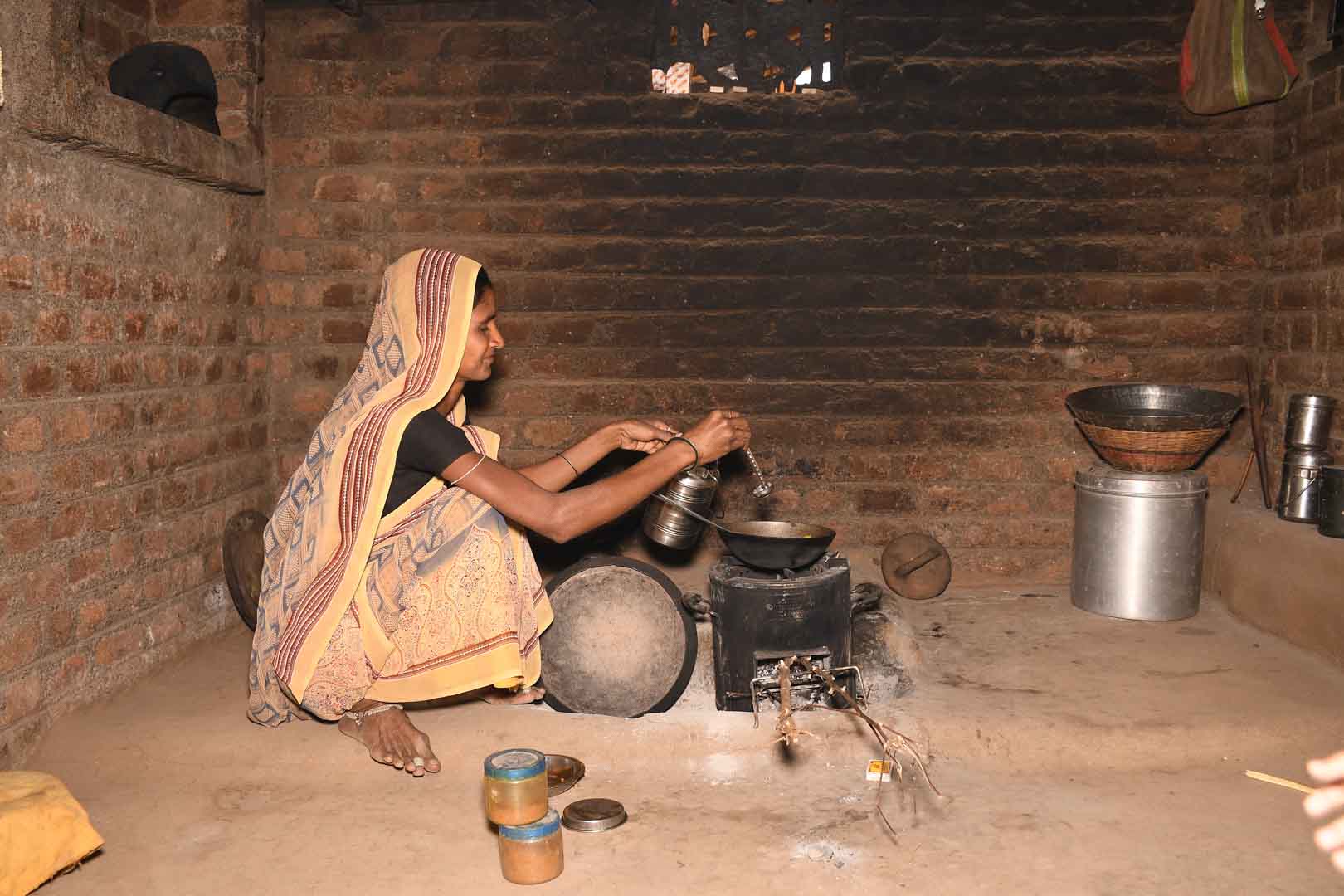
Improved cookstoves worldwide – for better health and cleaner air

A certified climate project combined with additional commitment
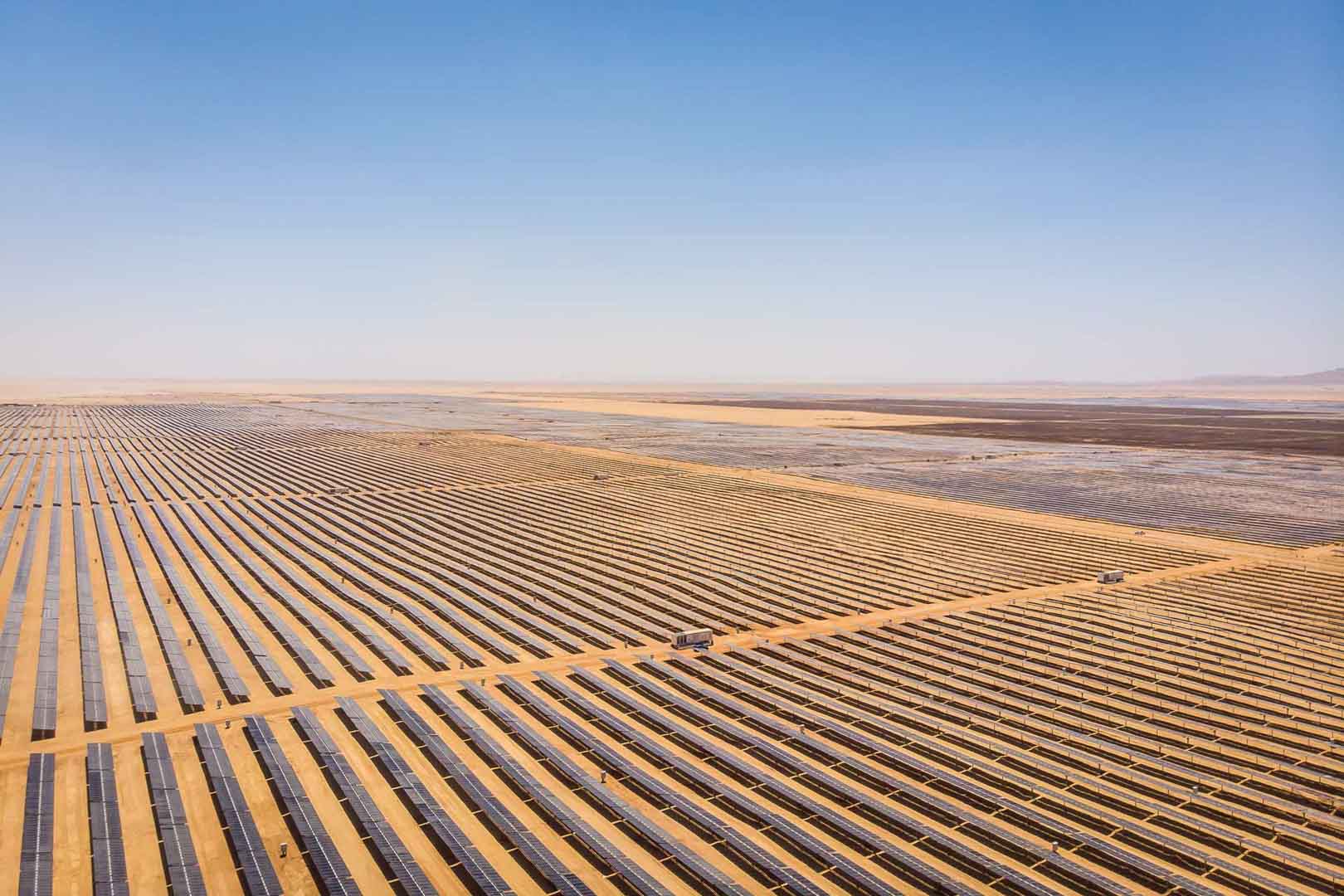
Powering access to renewable energy in Africa
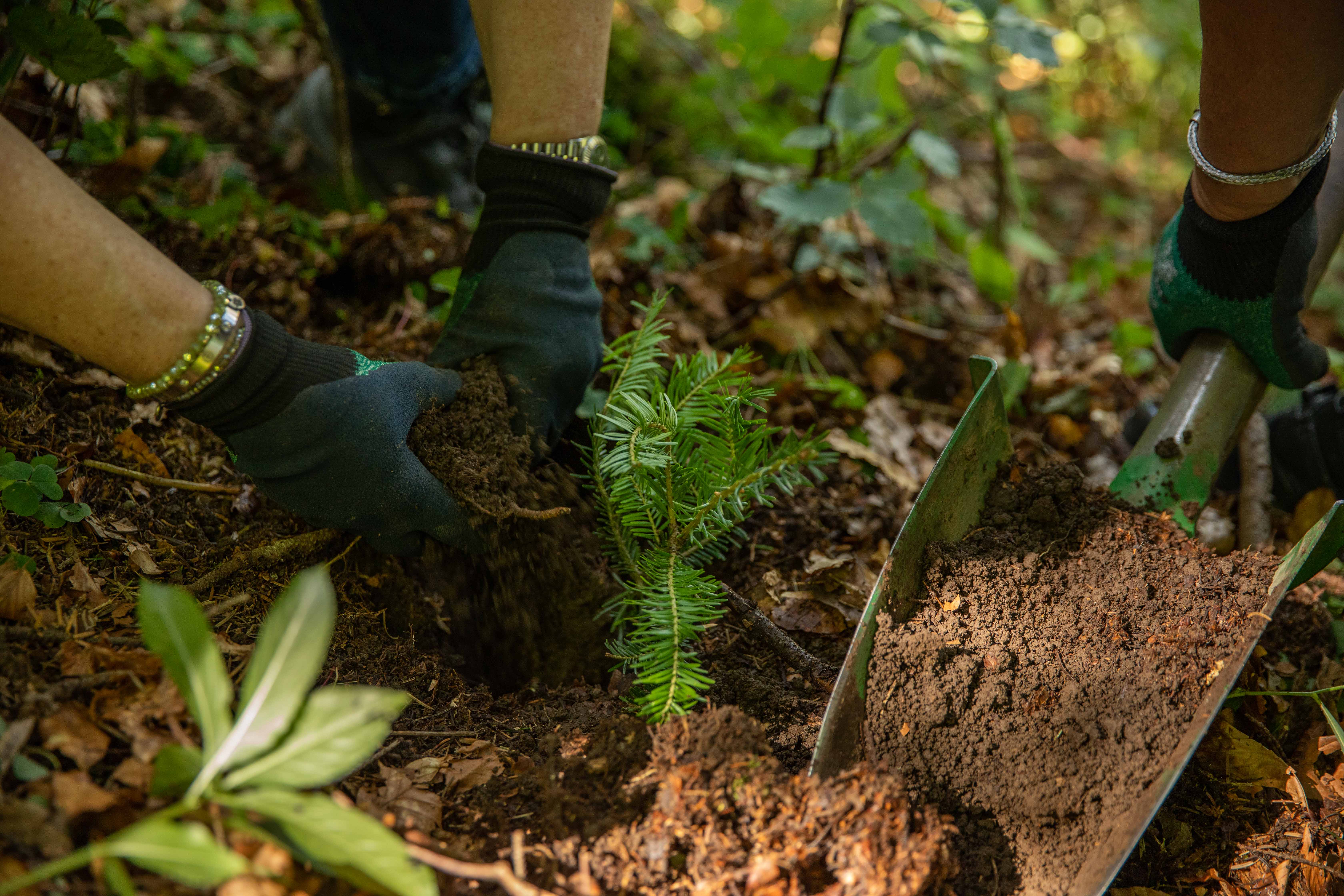
A certified climate project combined with additional commitment
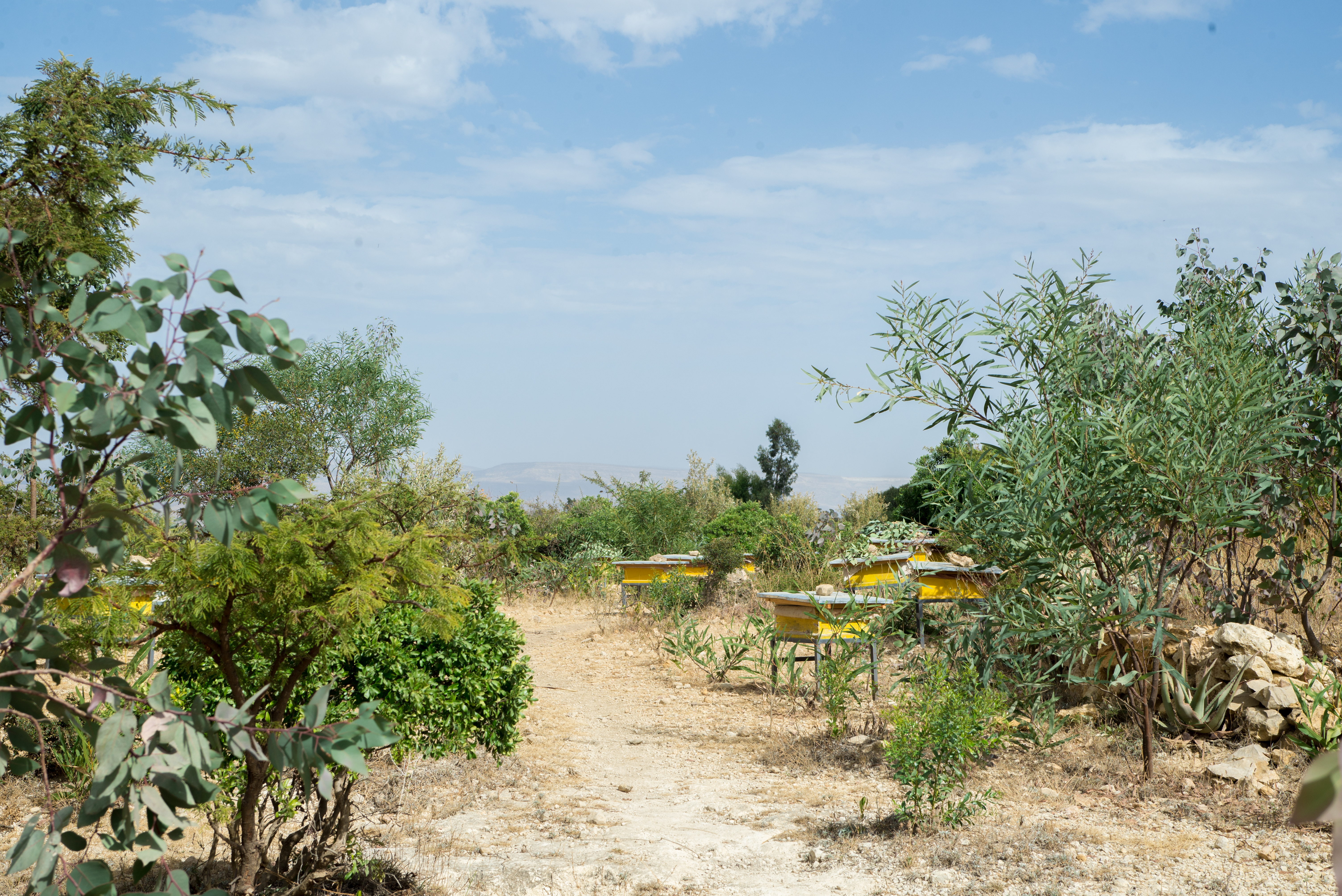
Restored ecosystems remove carbon
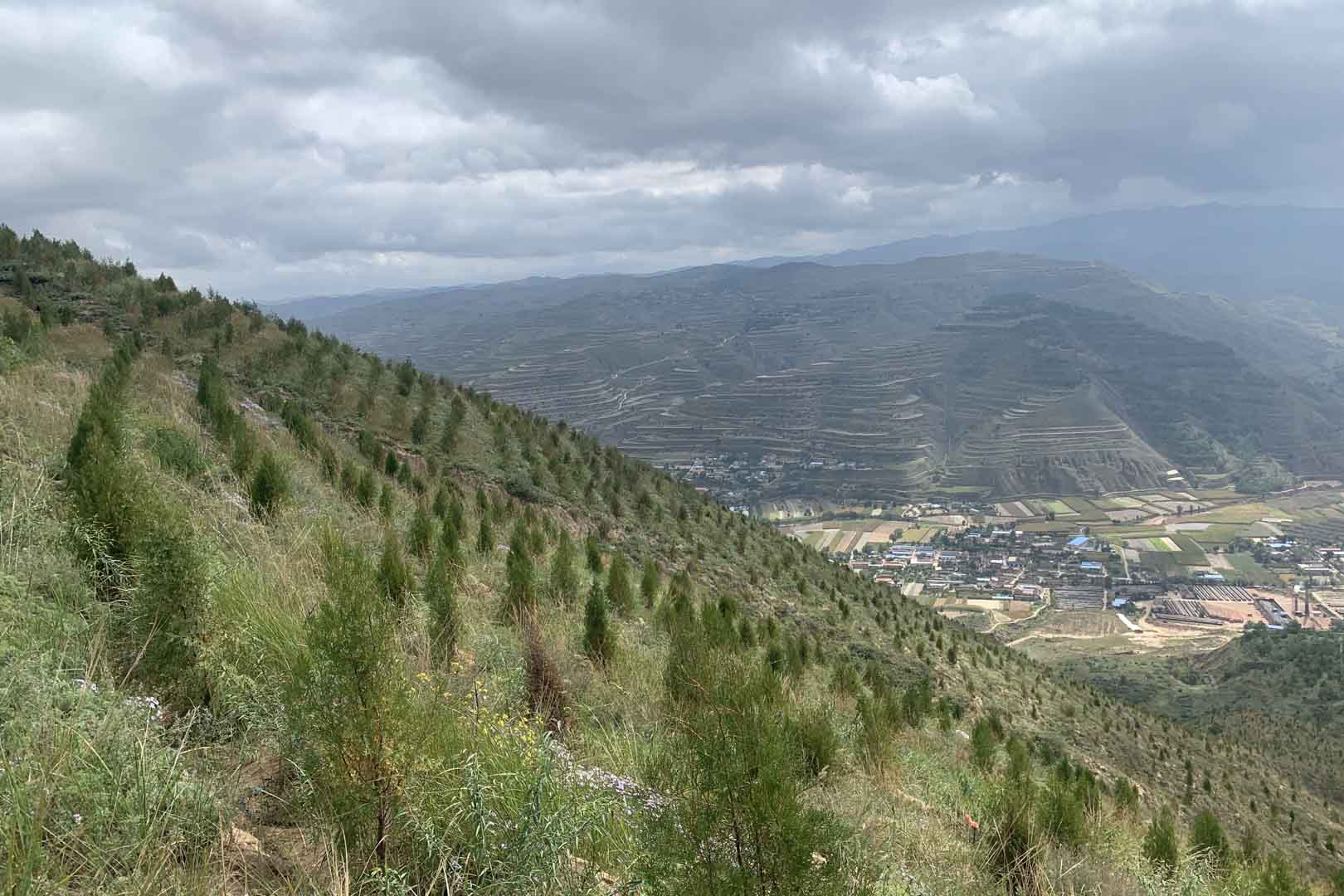
Turning degraded farmlands into healthy ecosystems
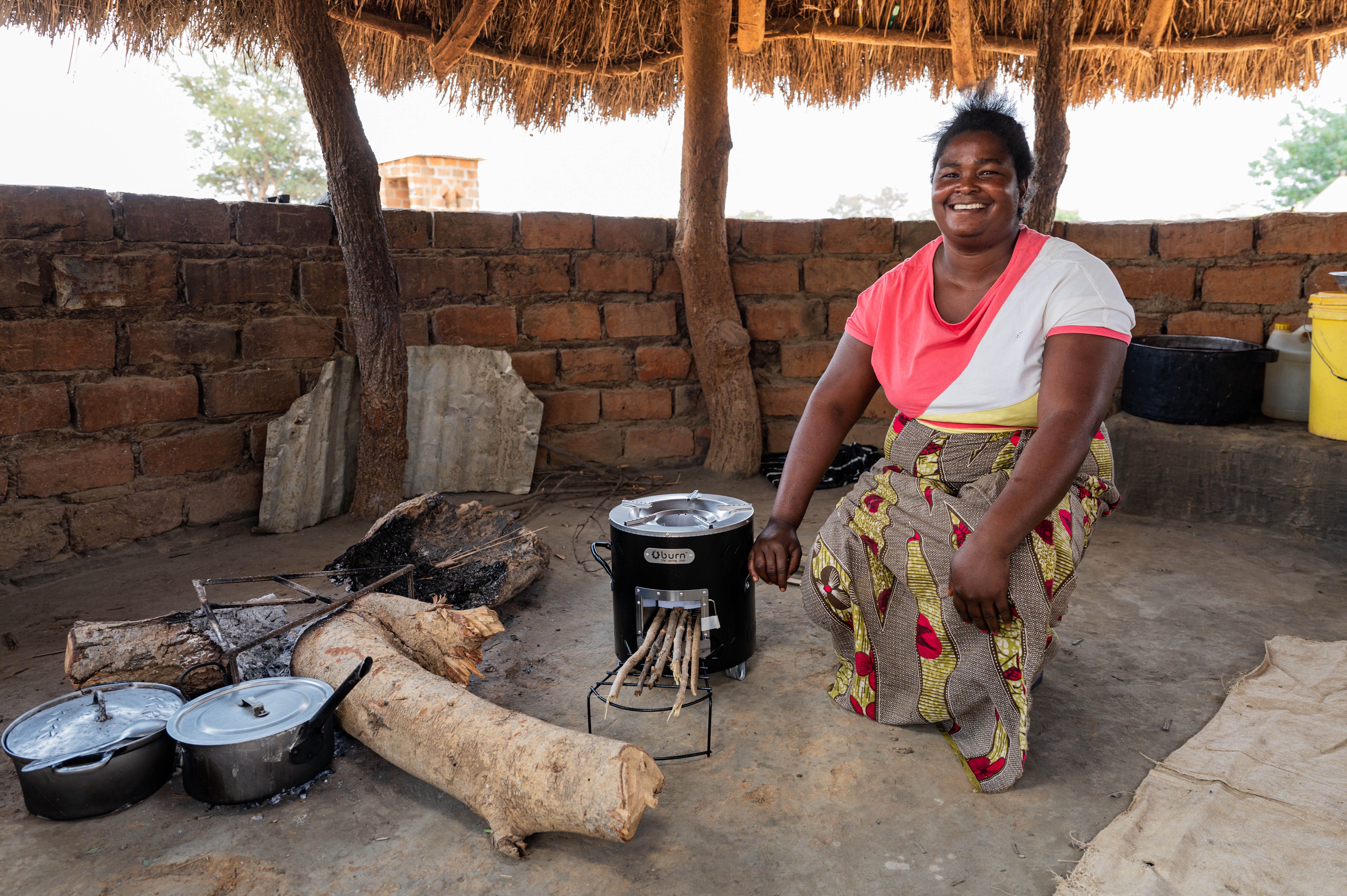
Improved cookstoves - better for health and the environment
